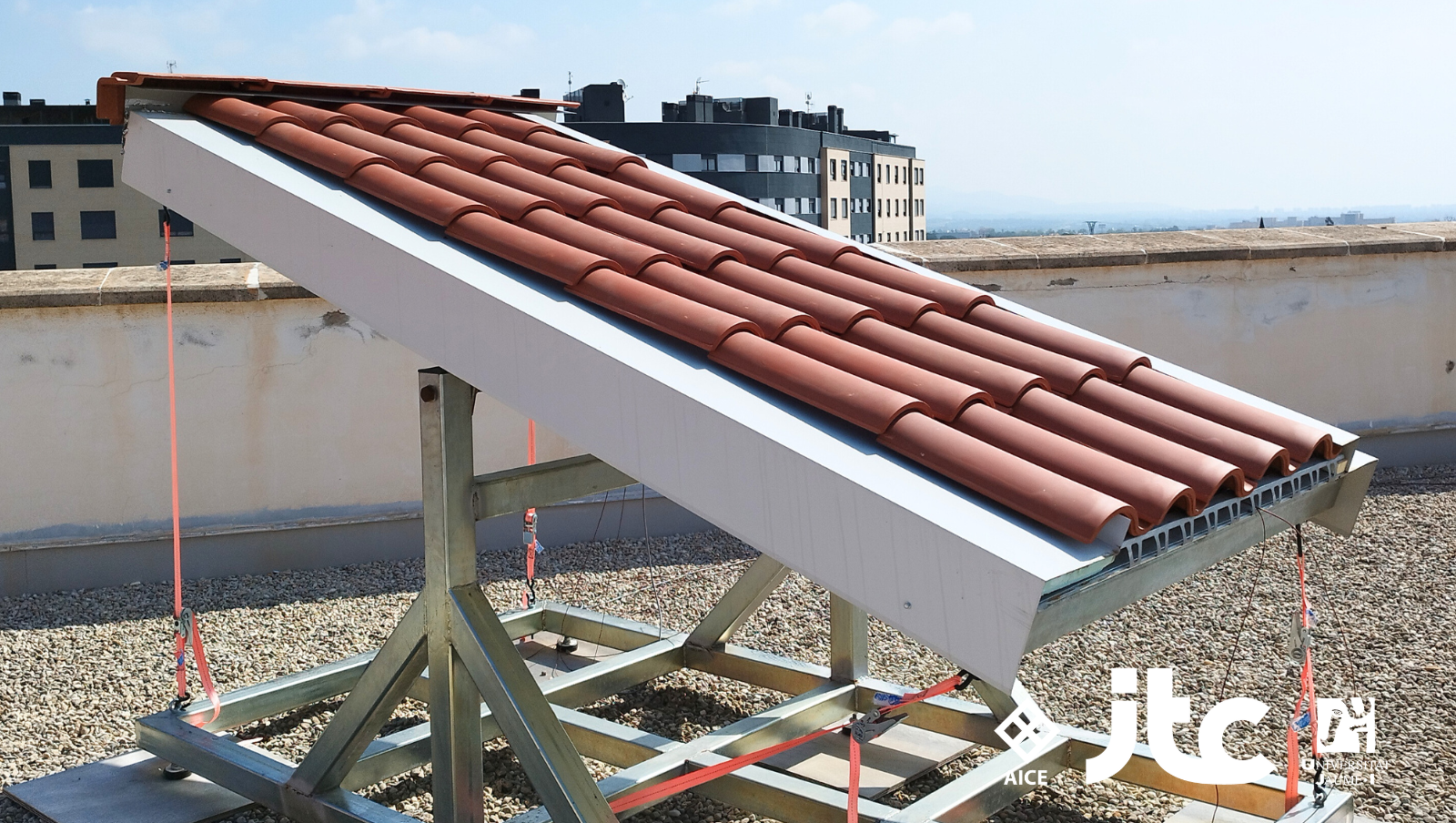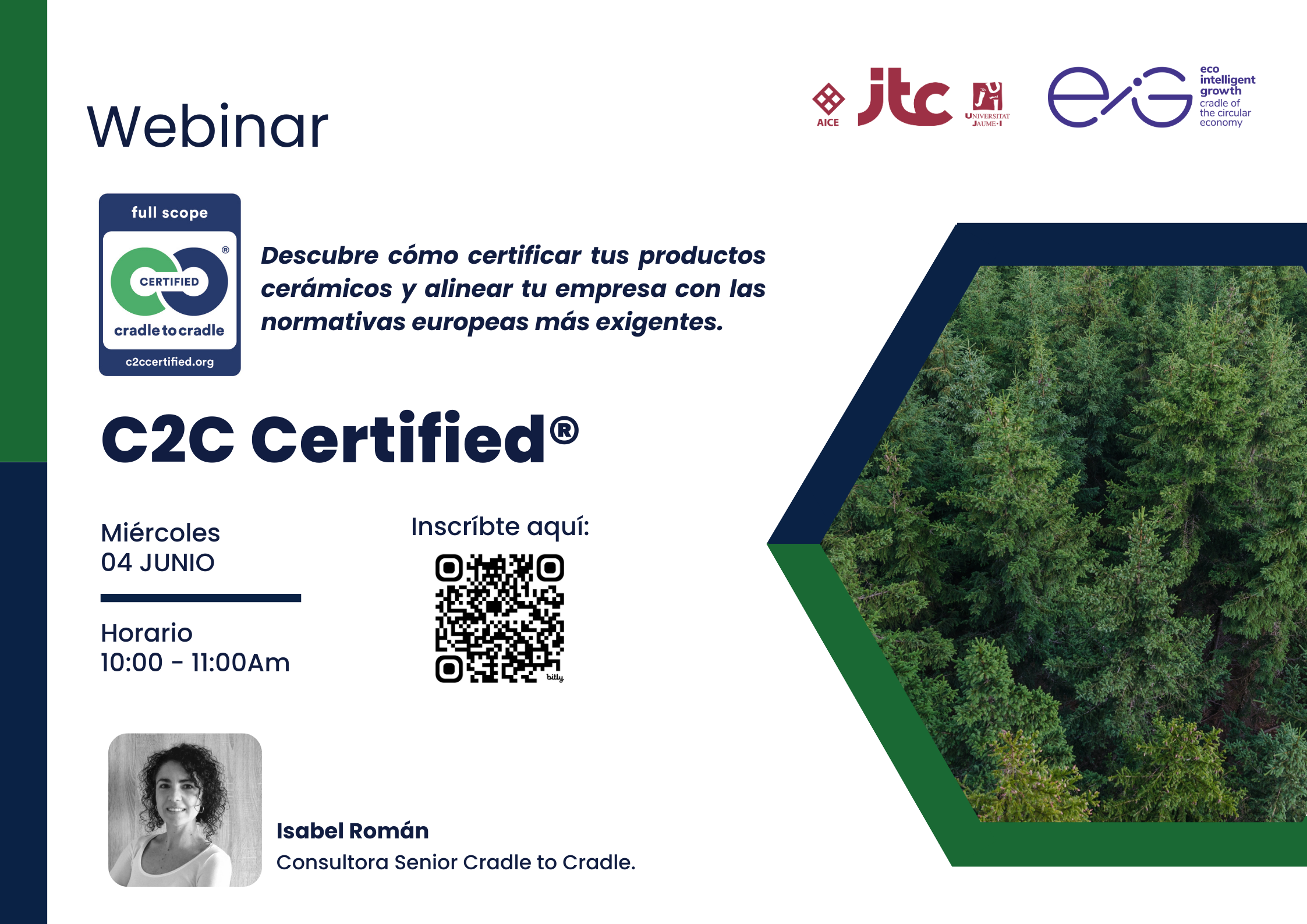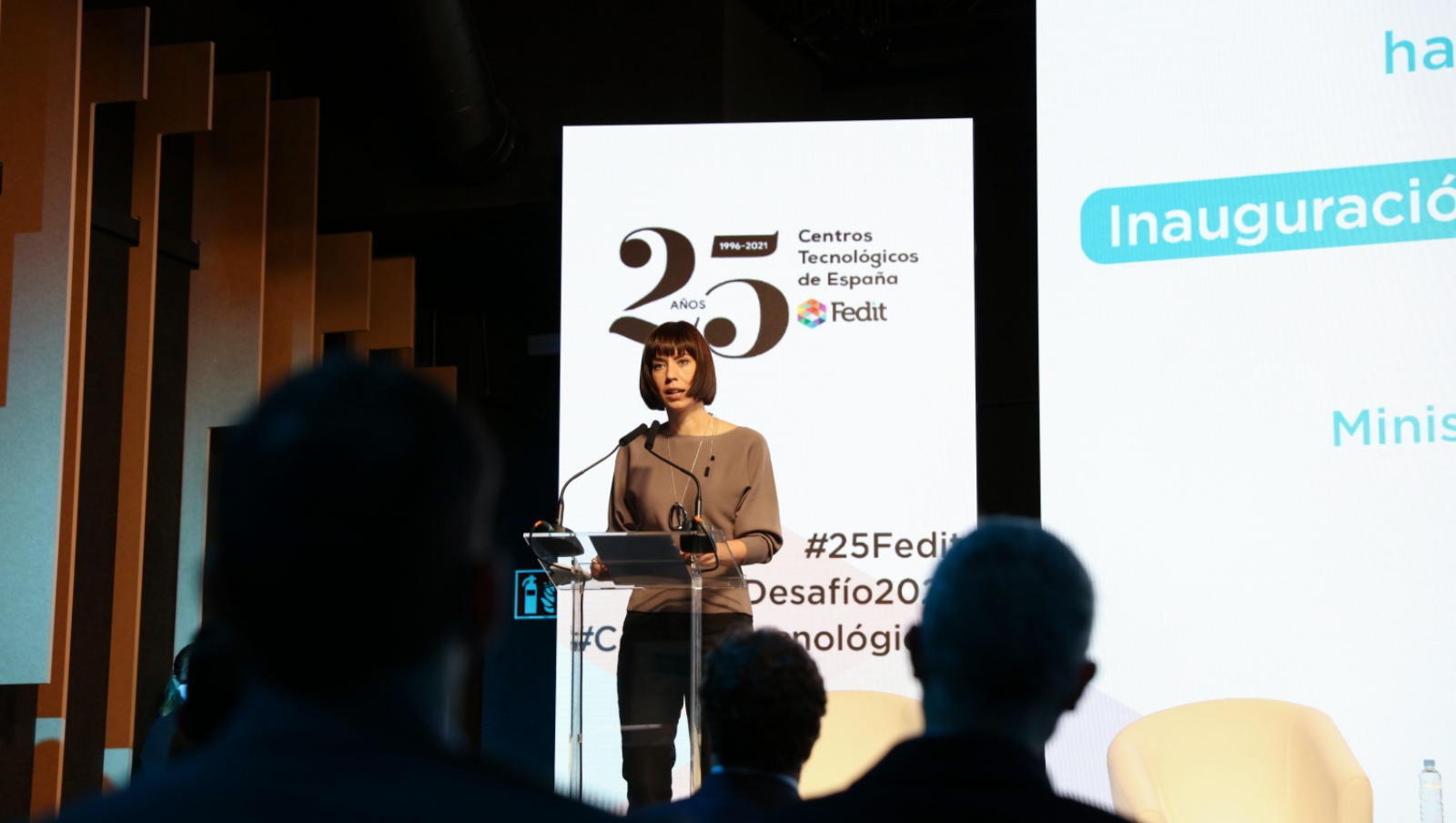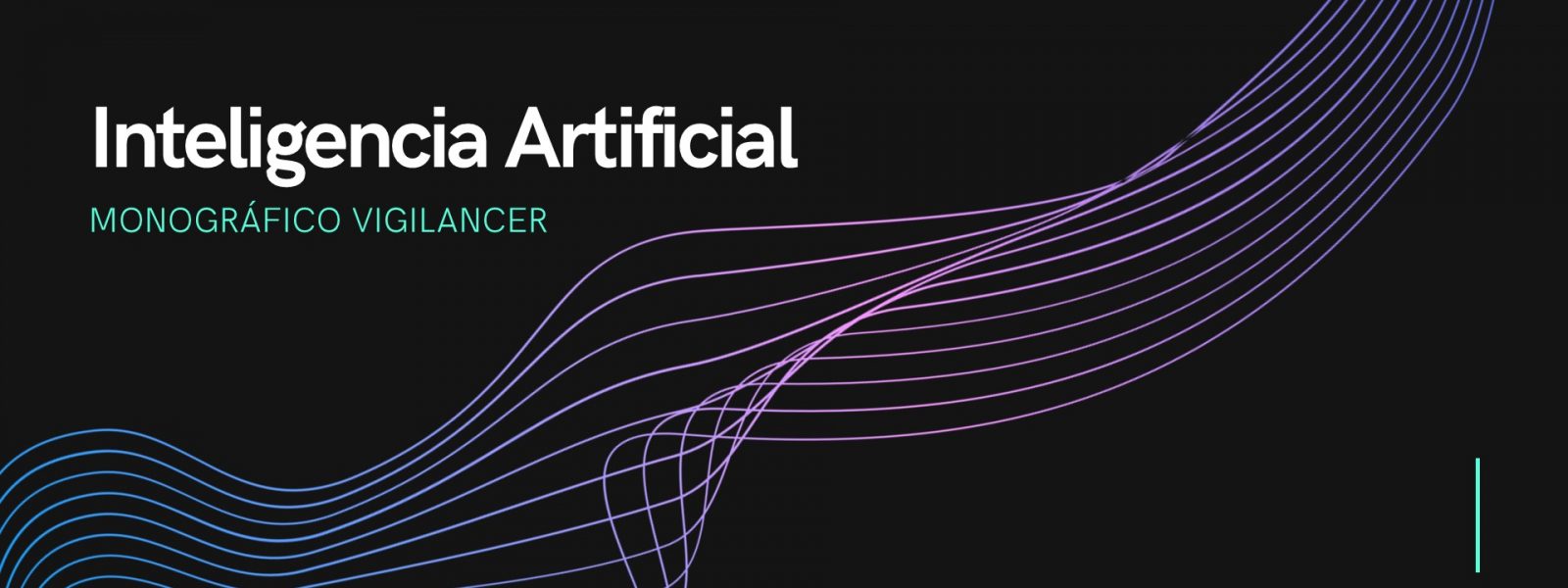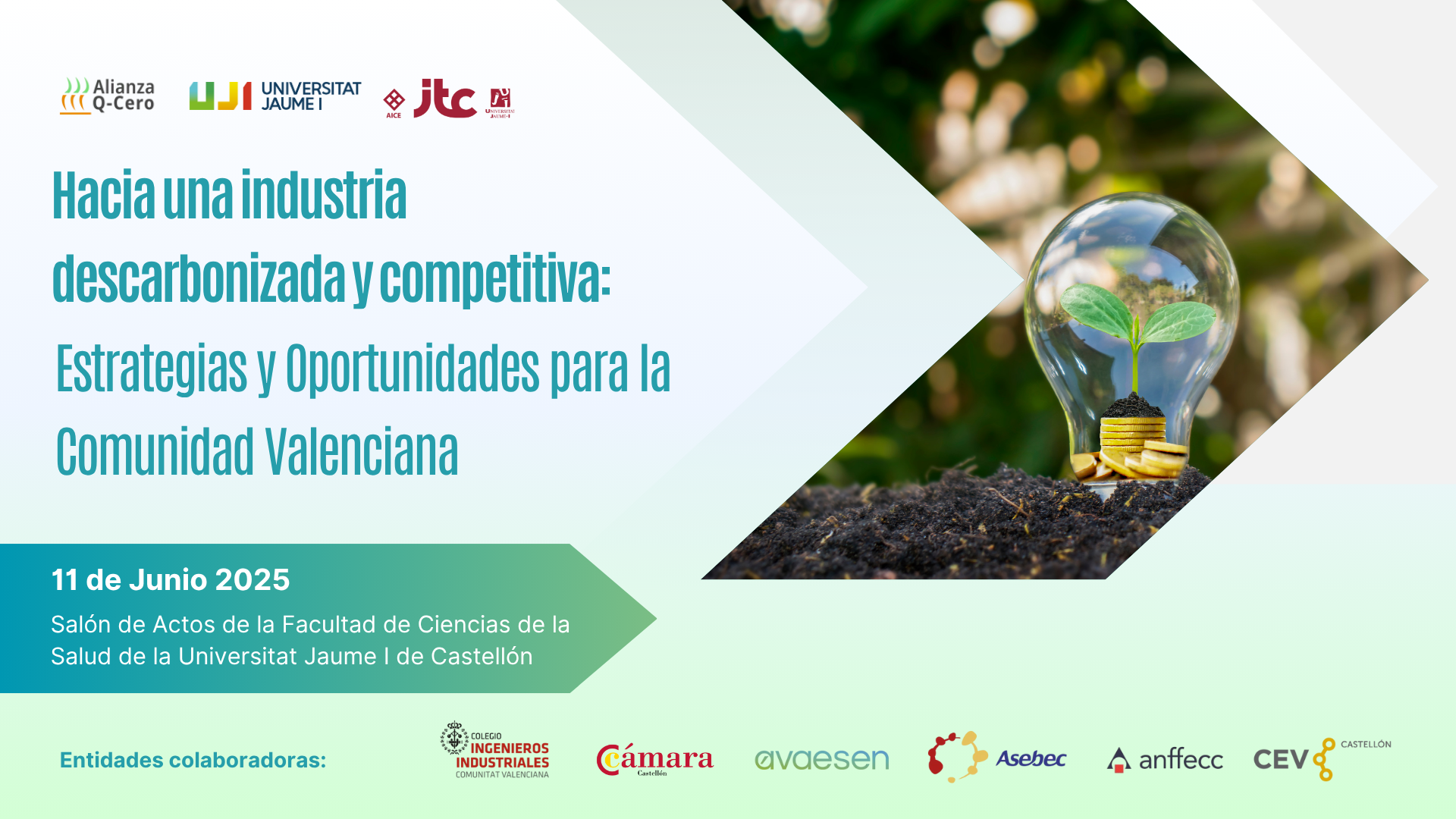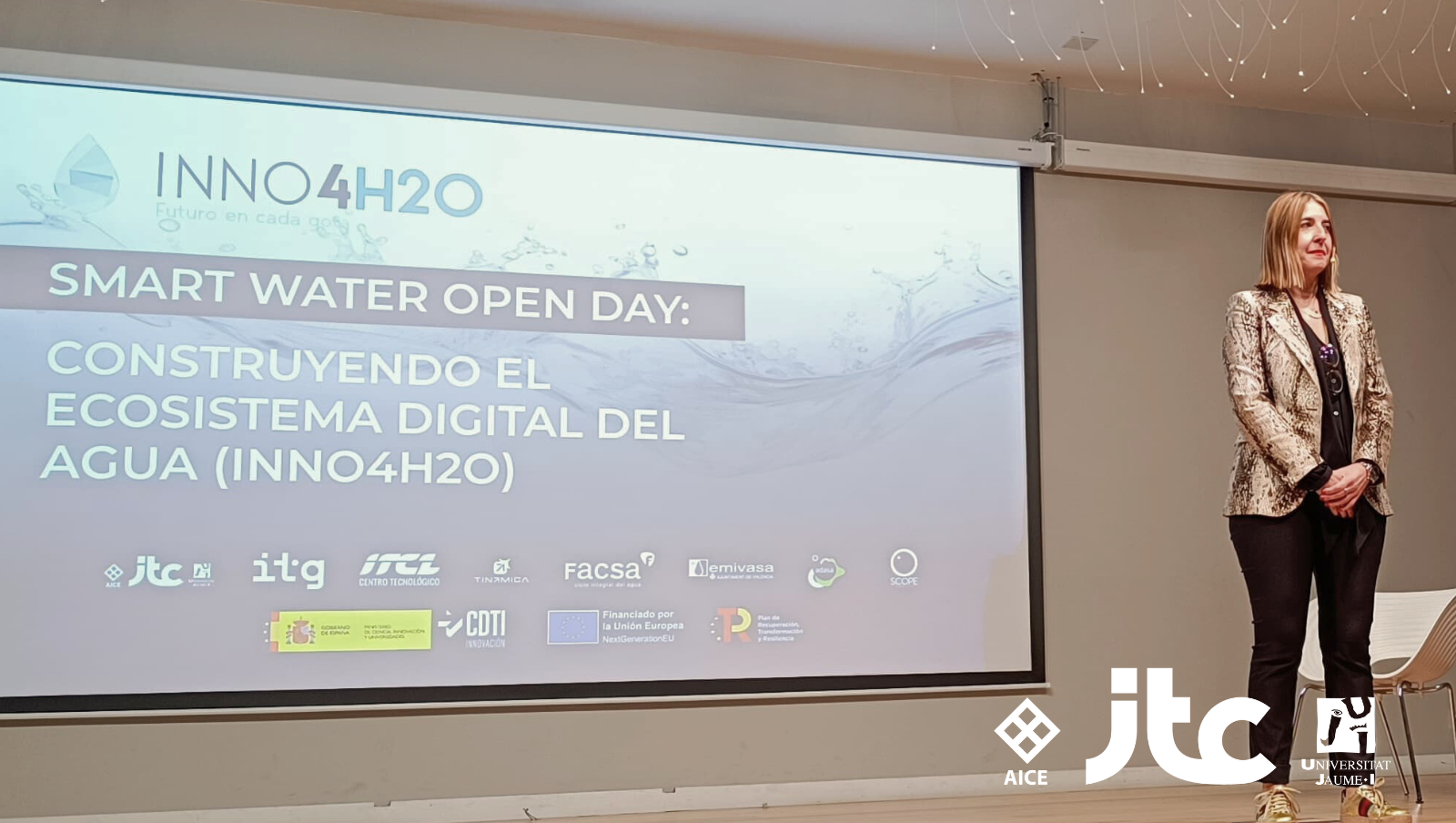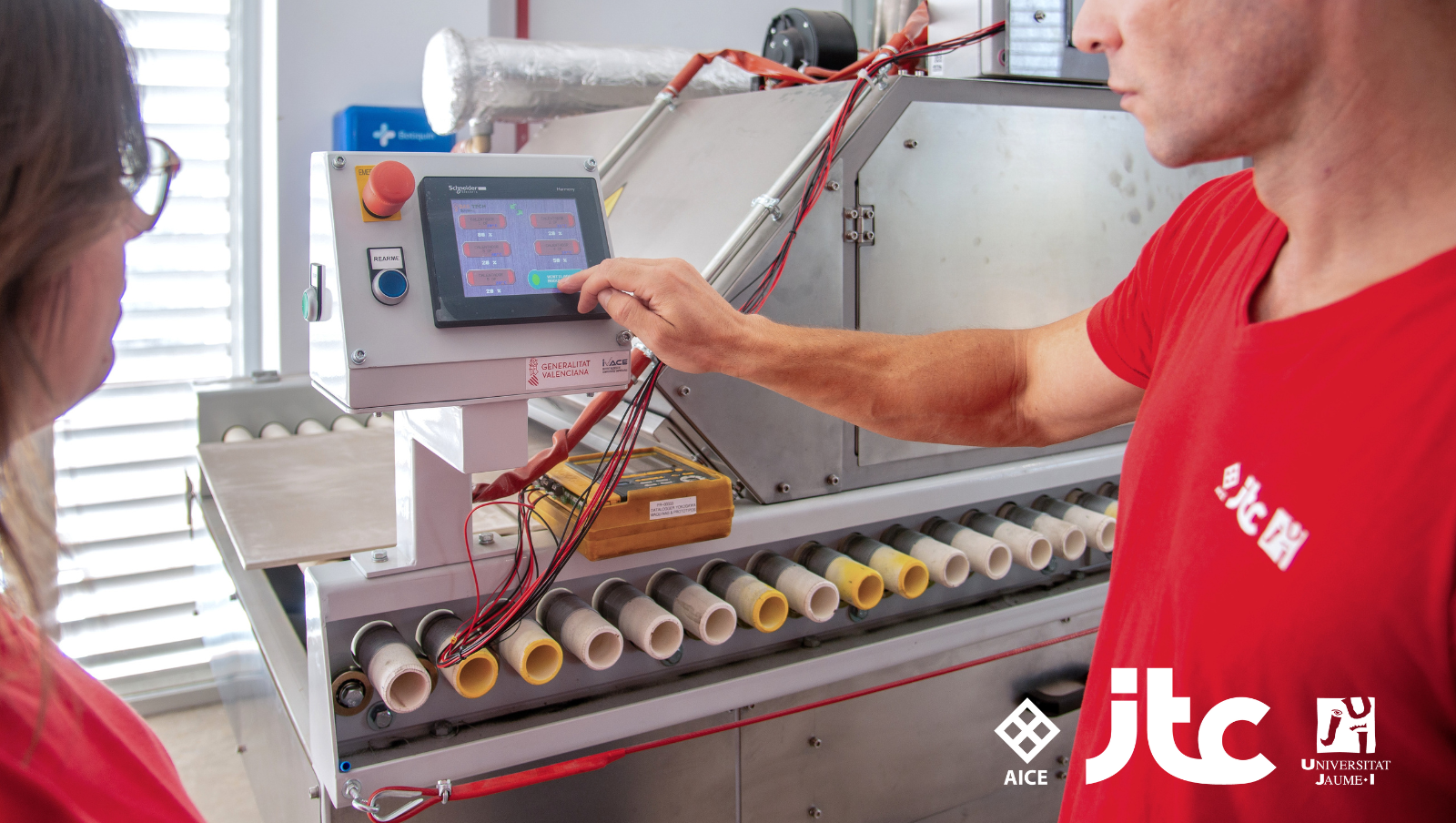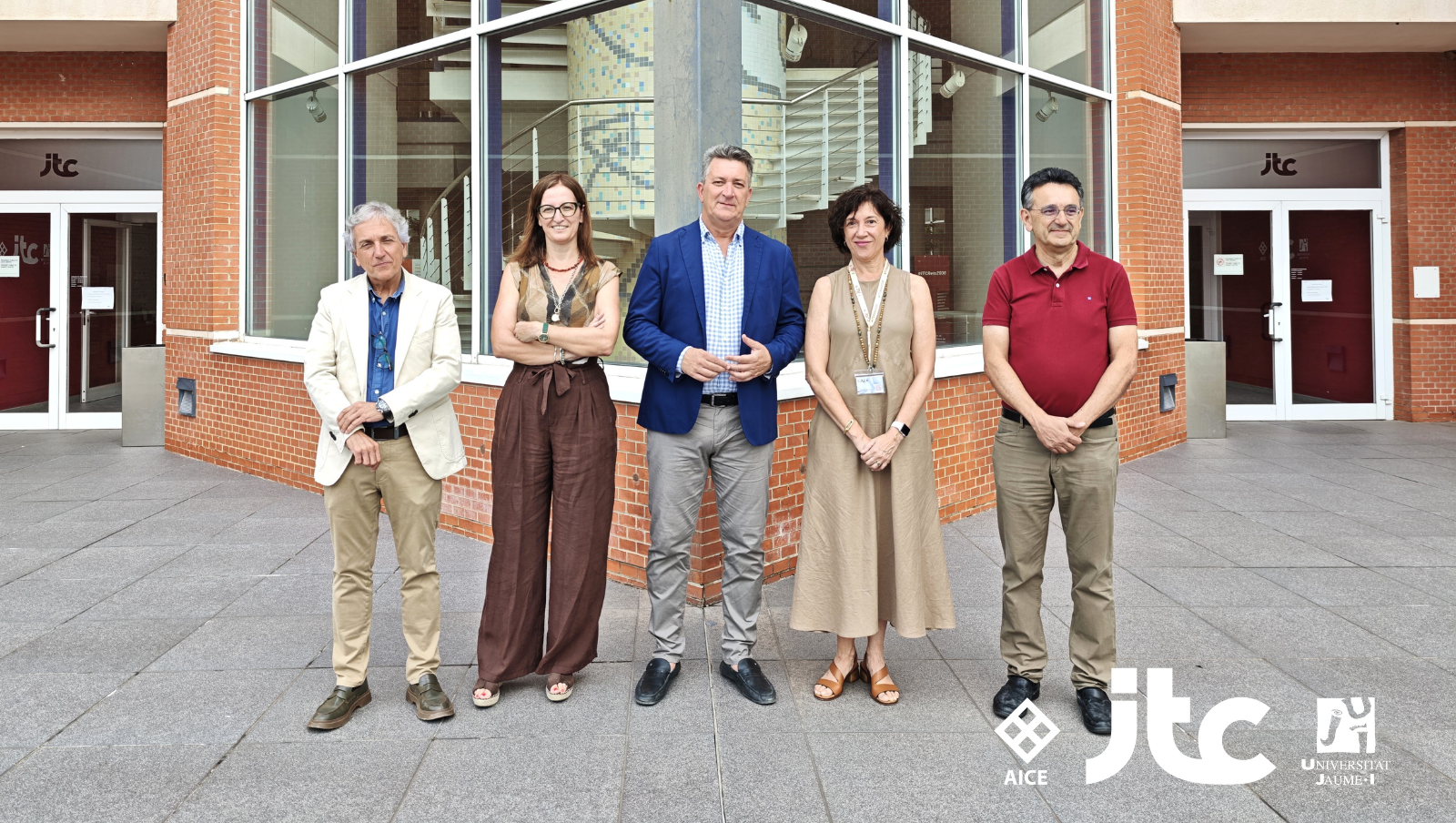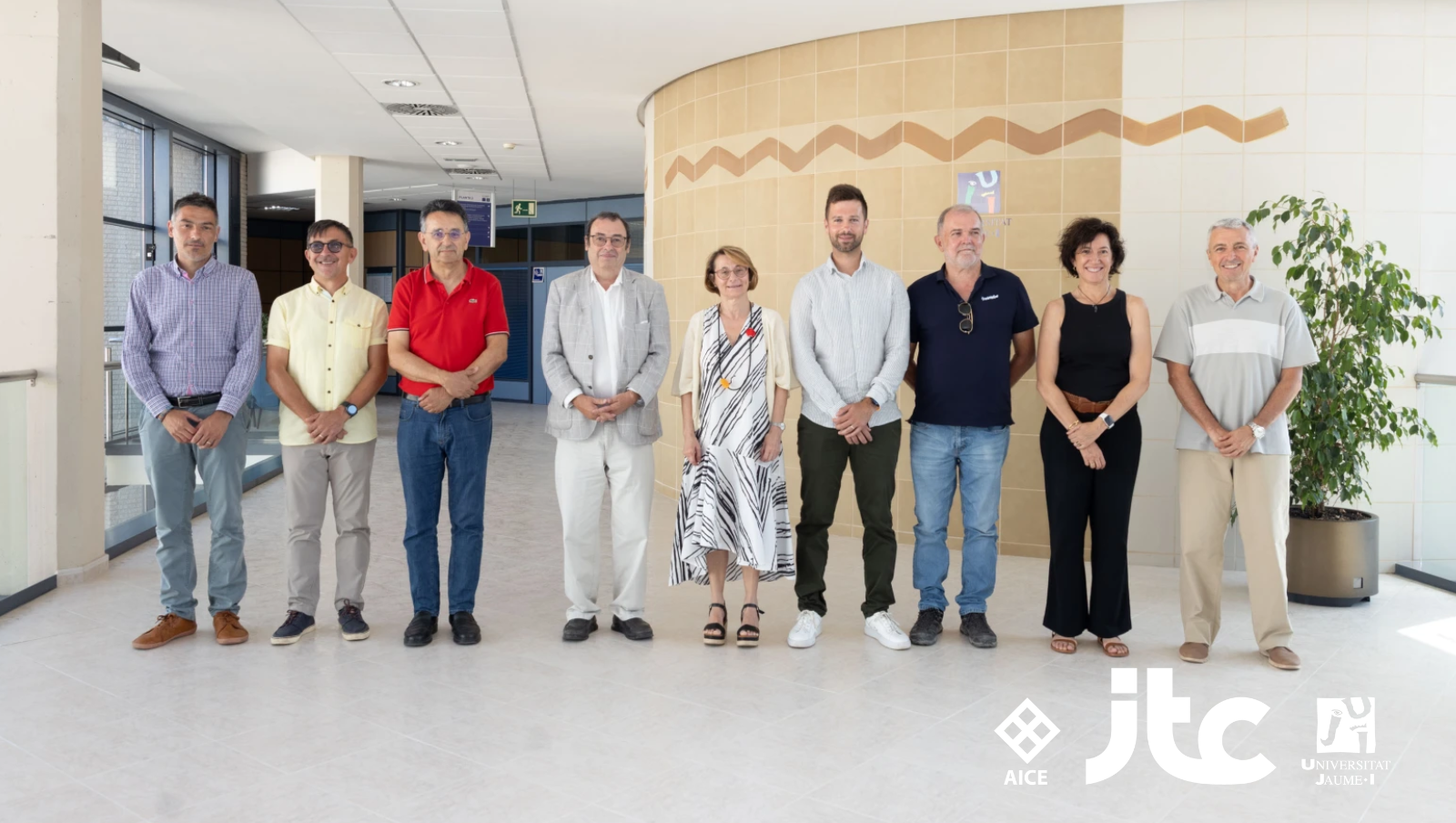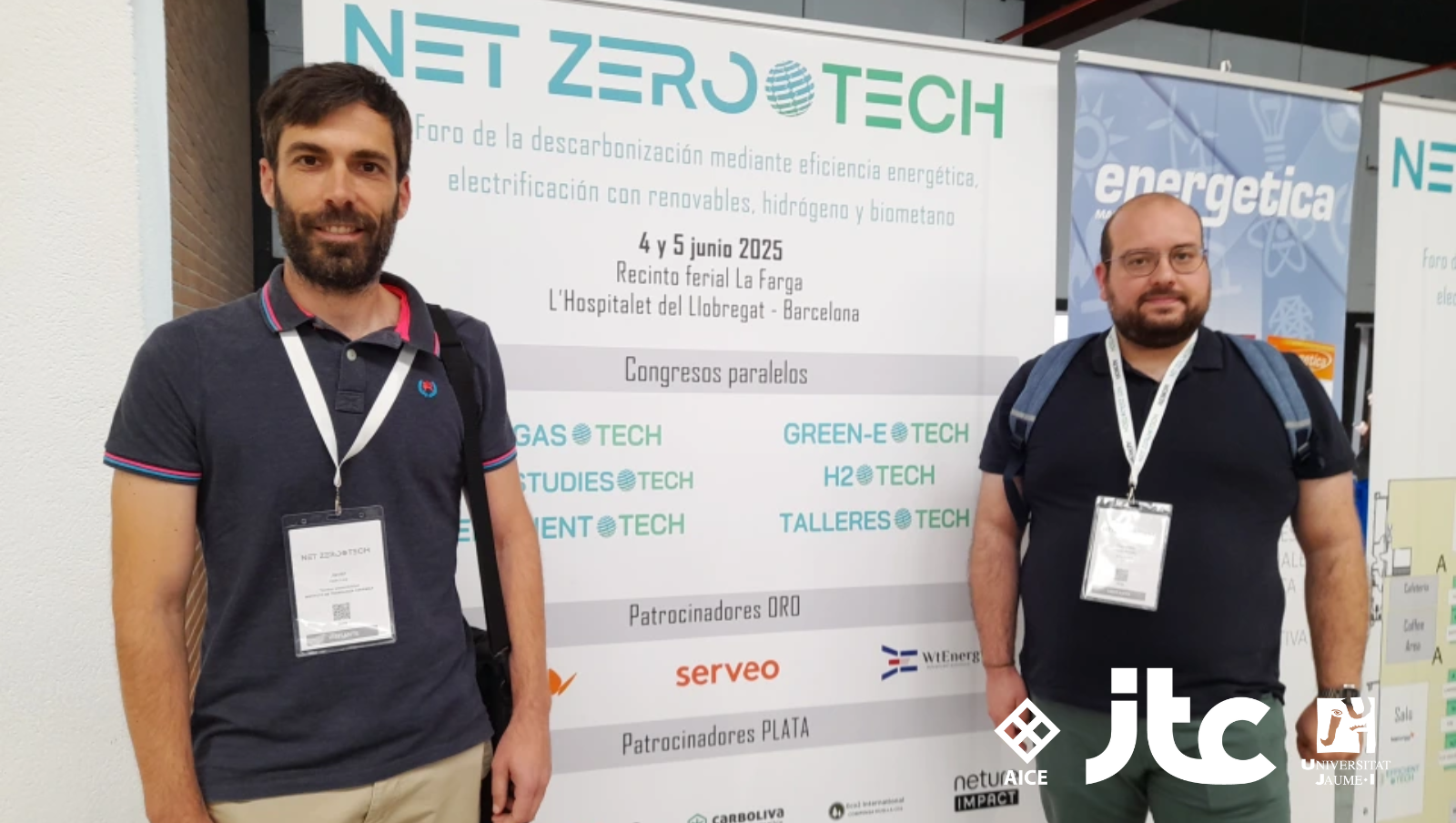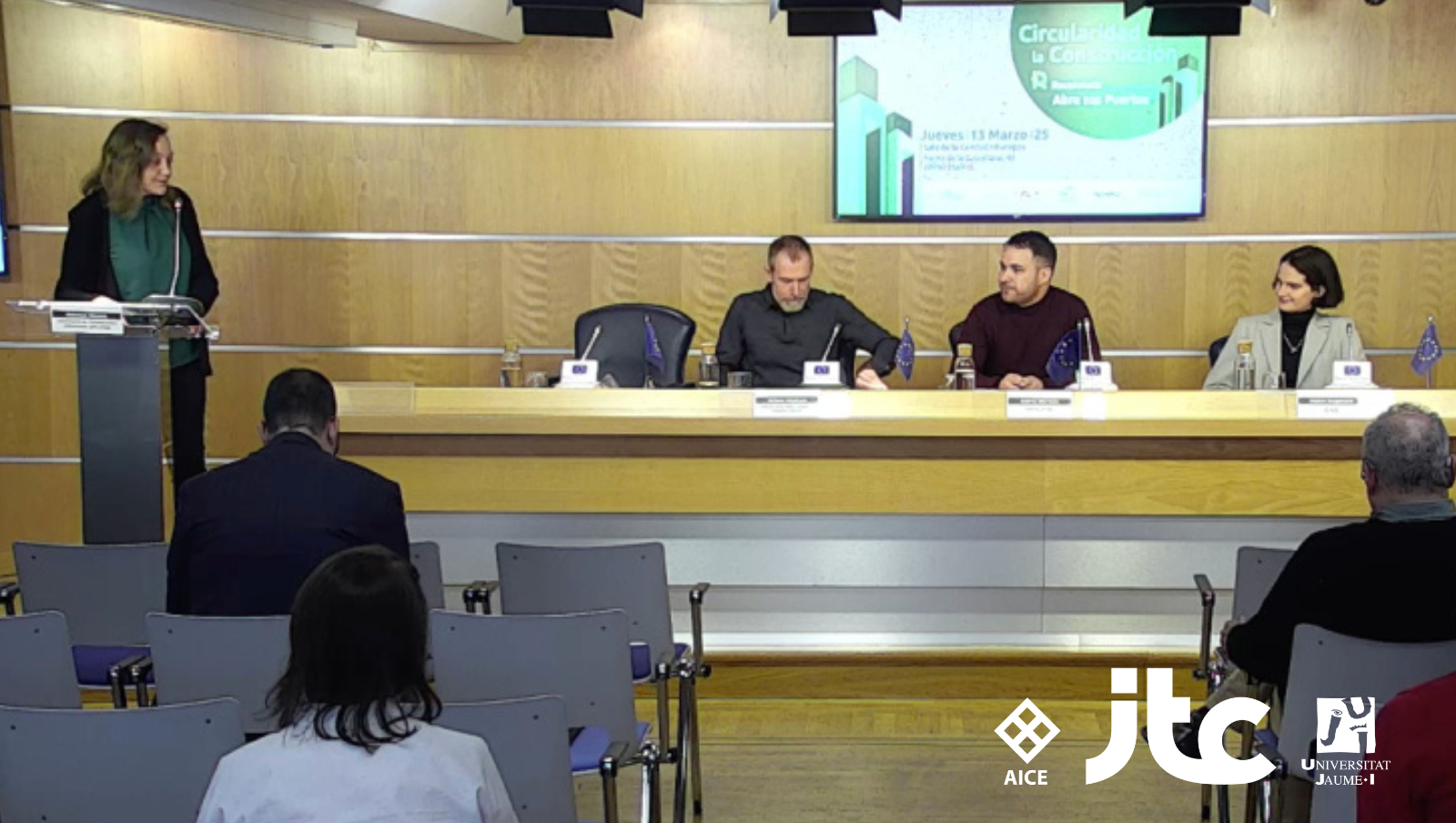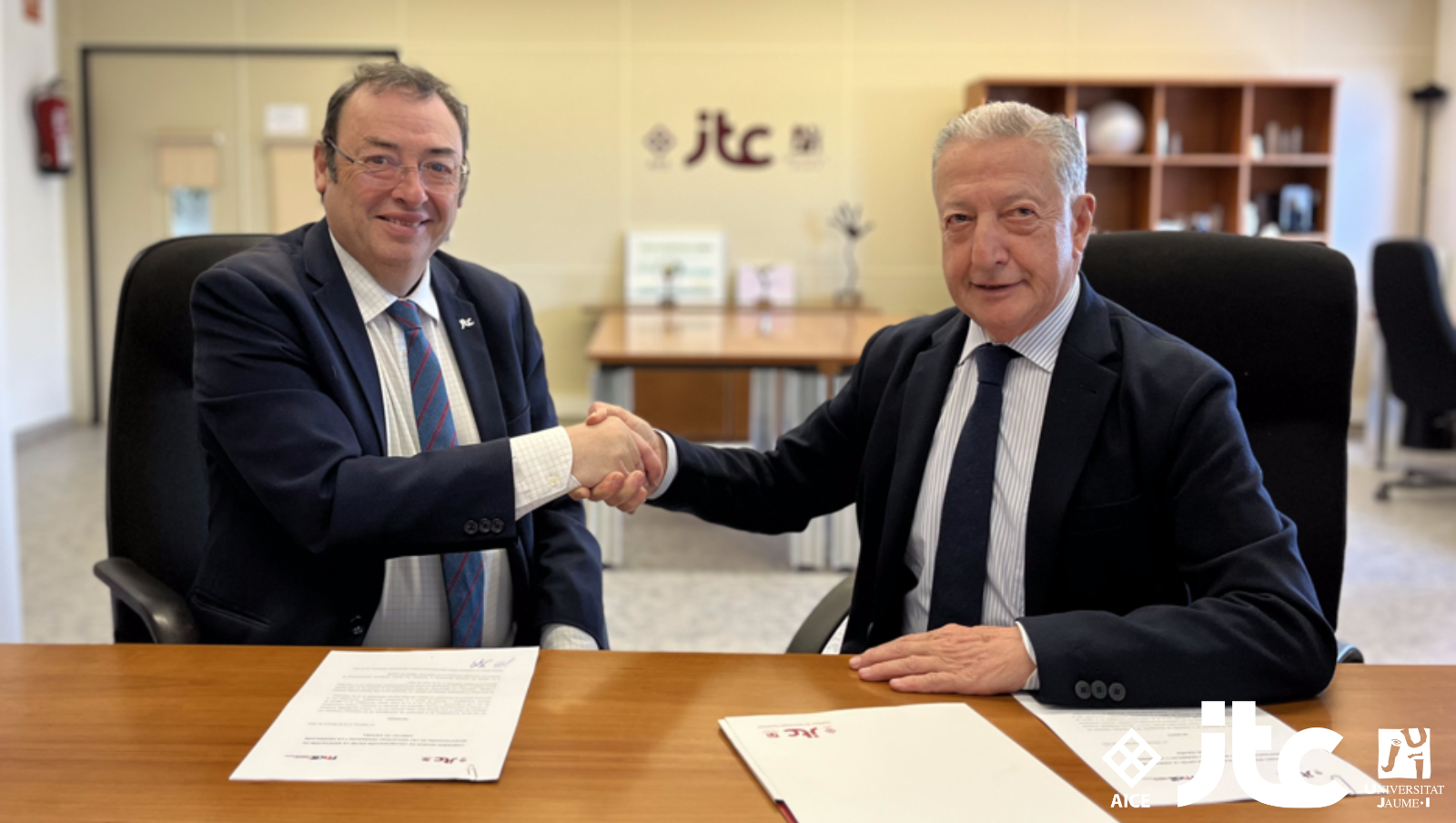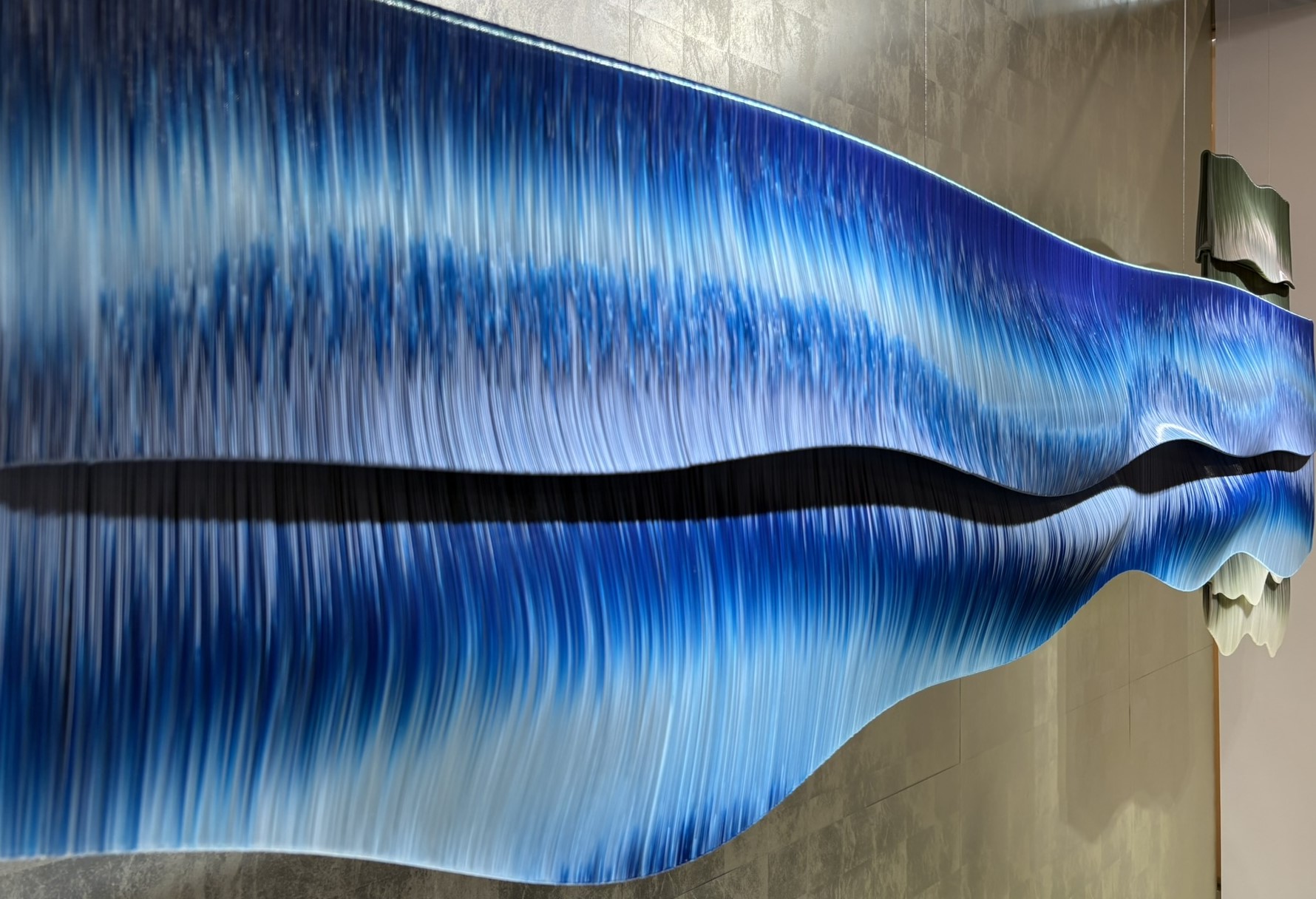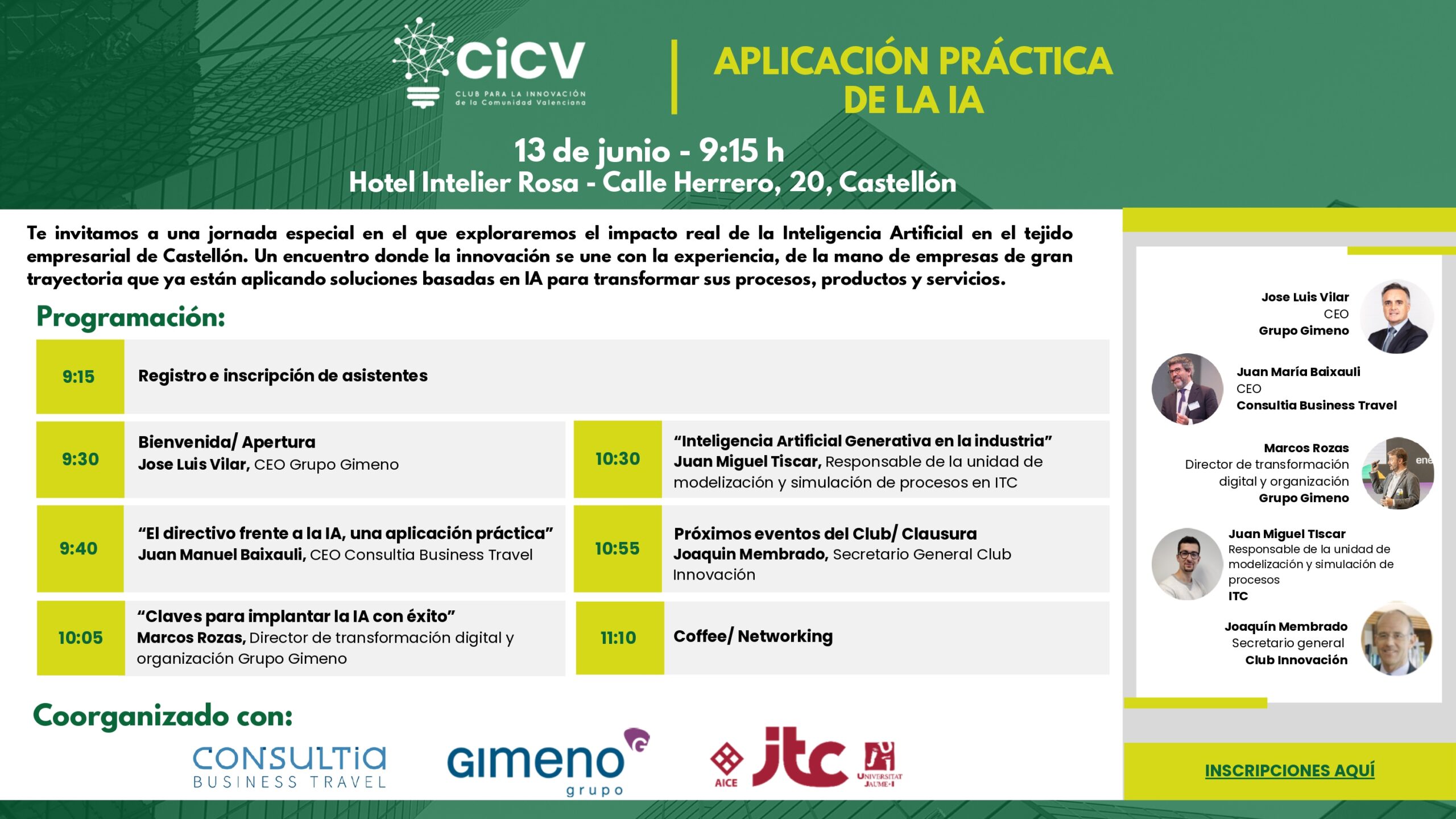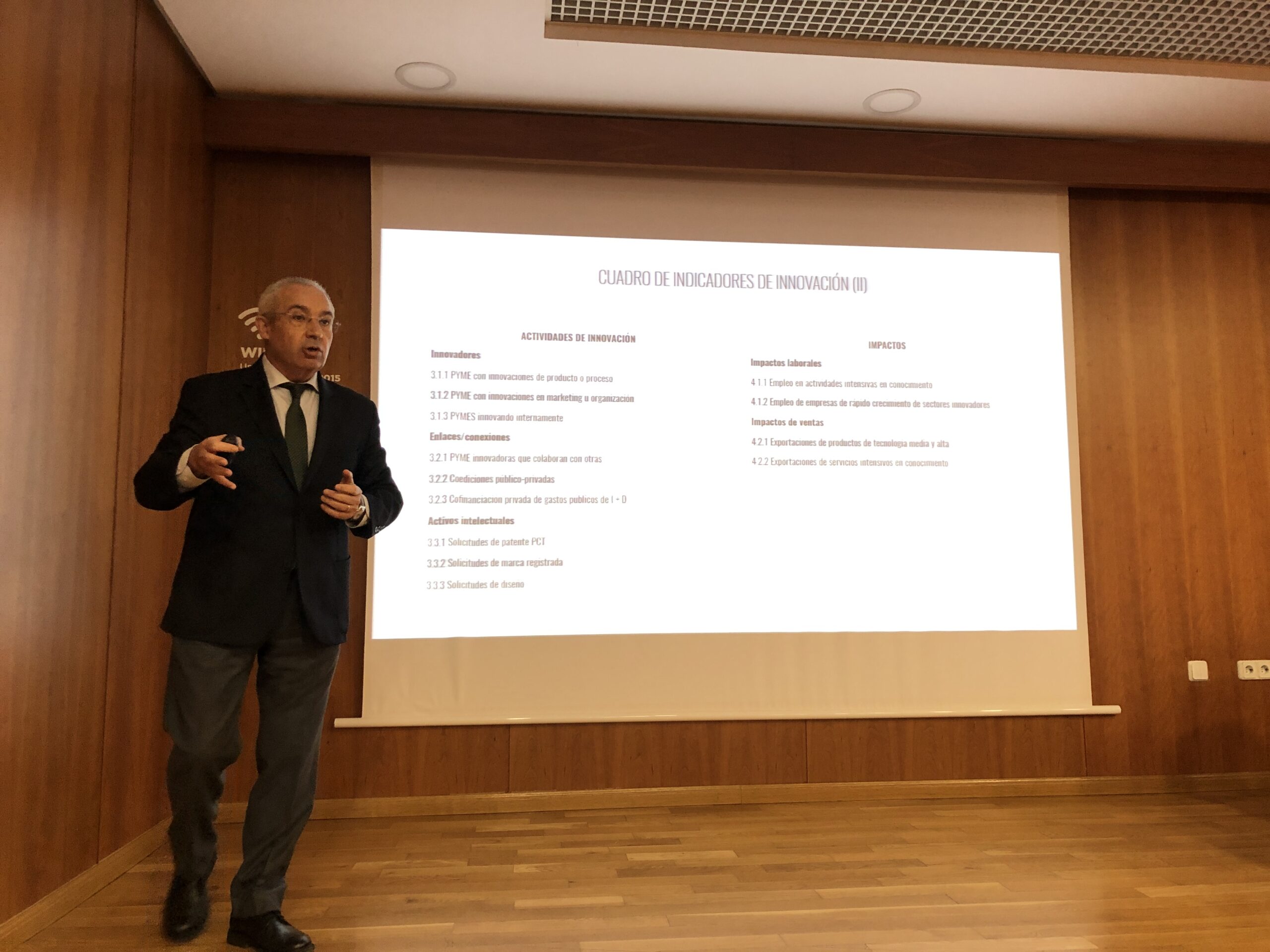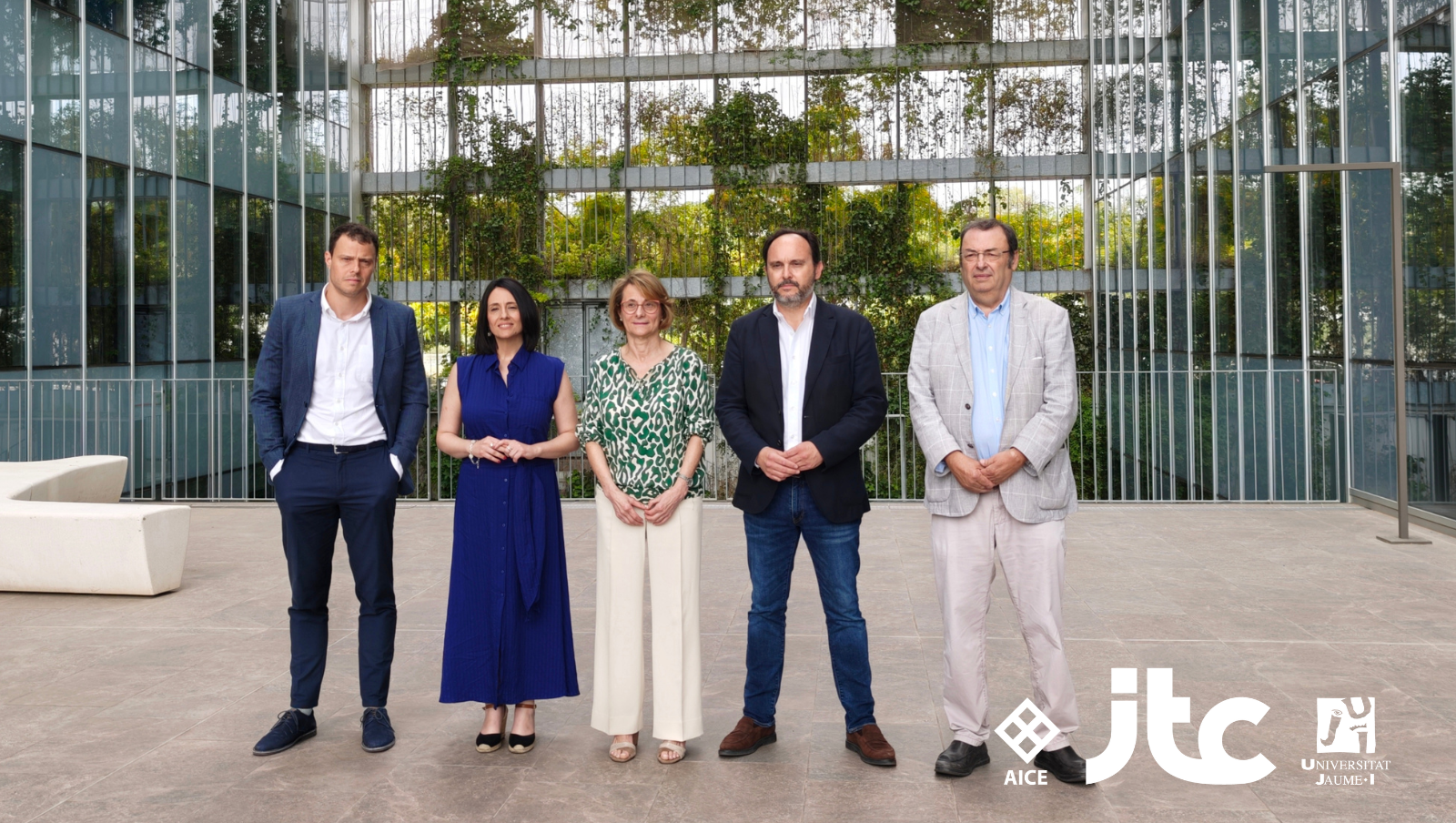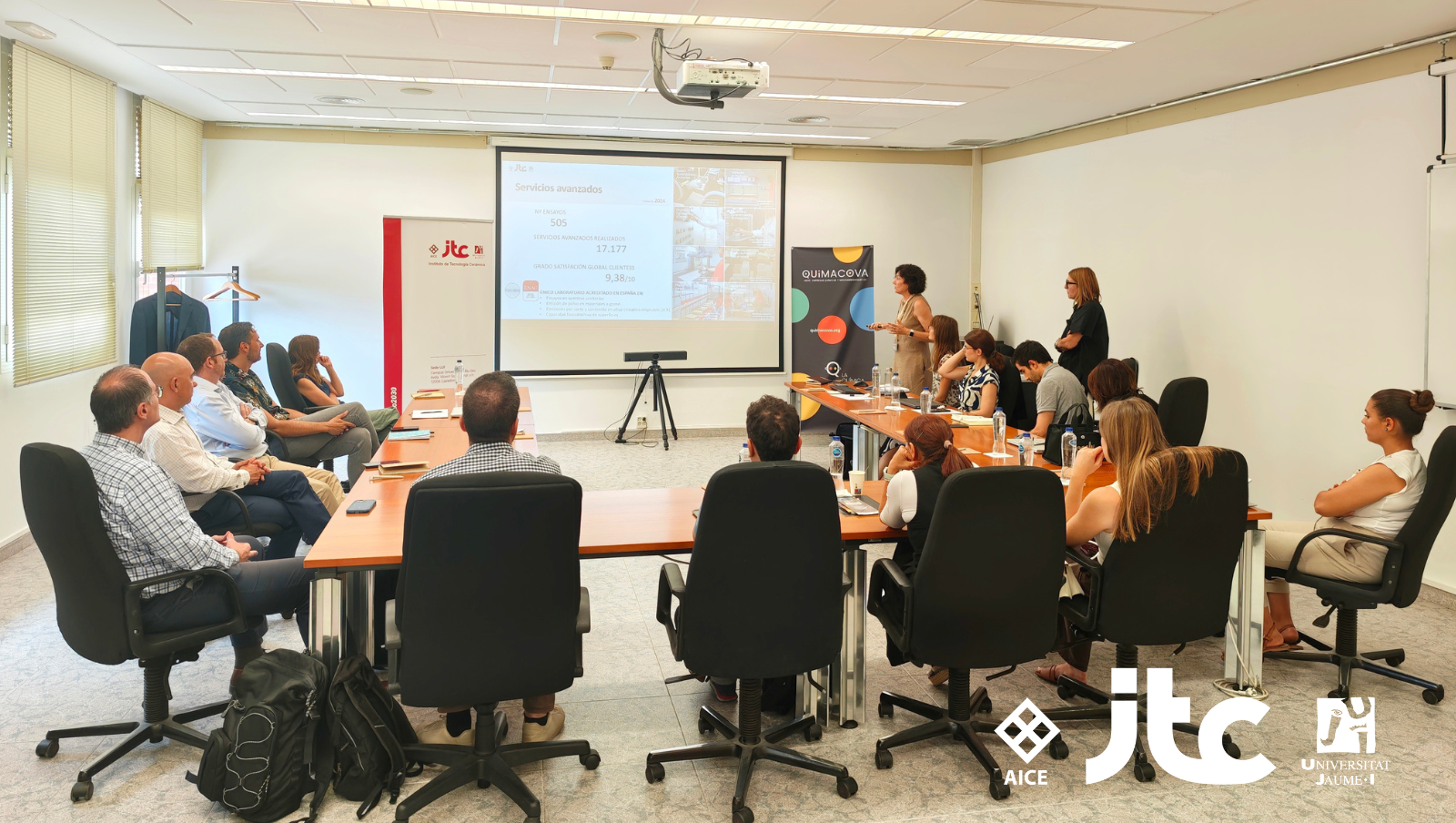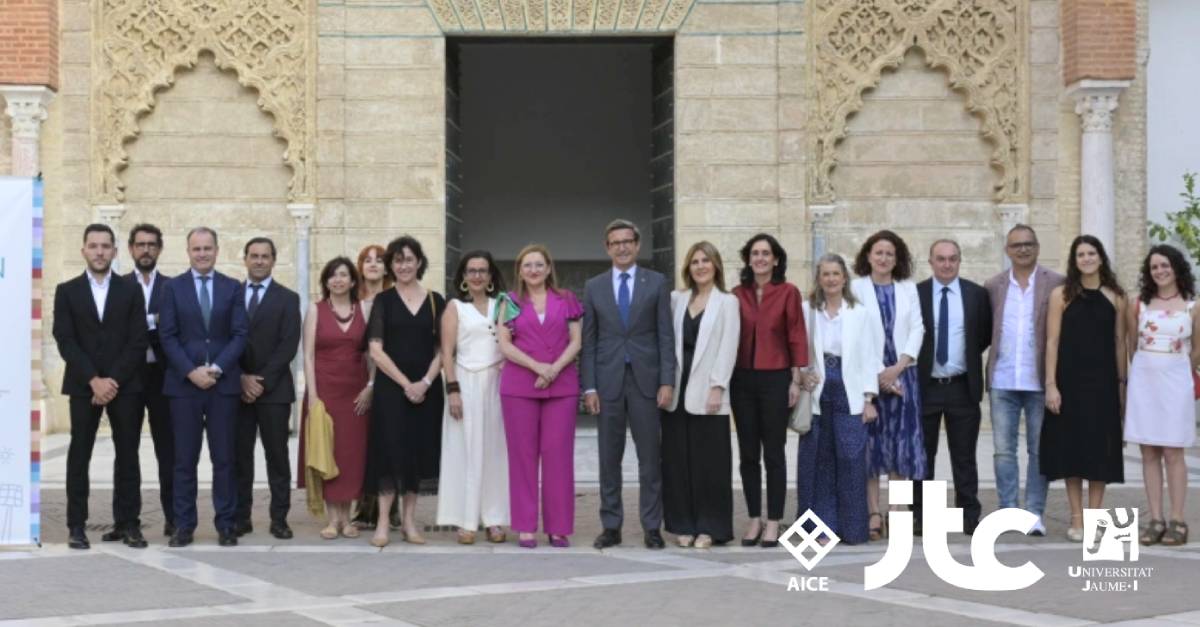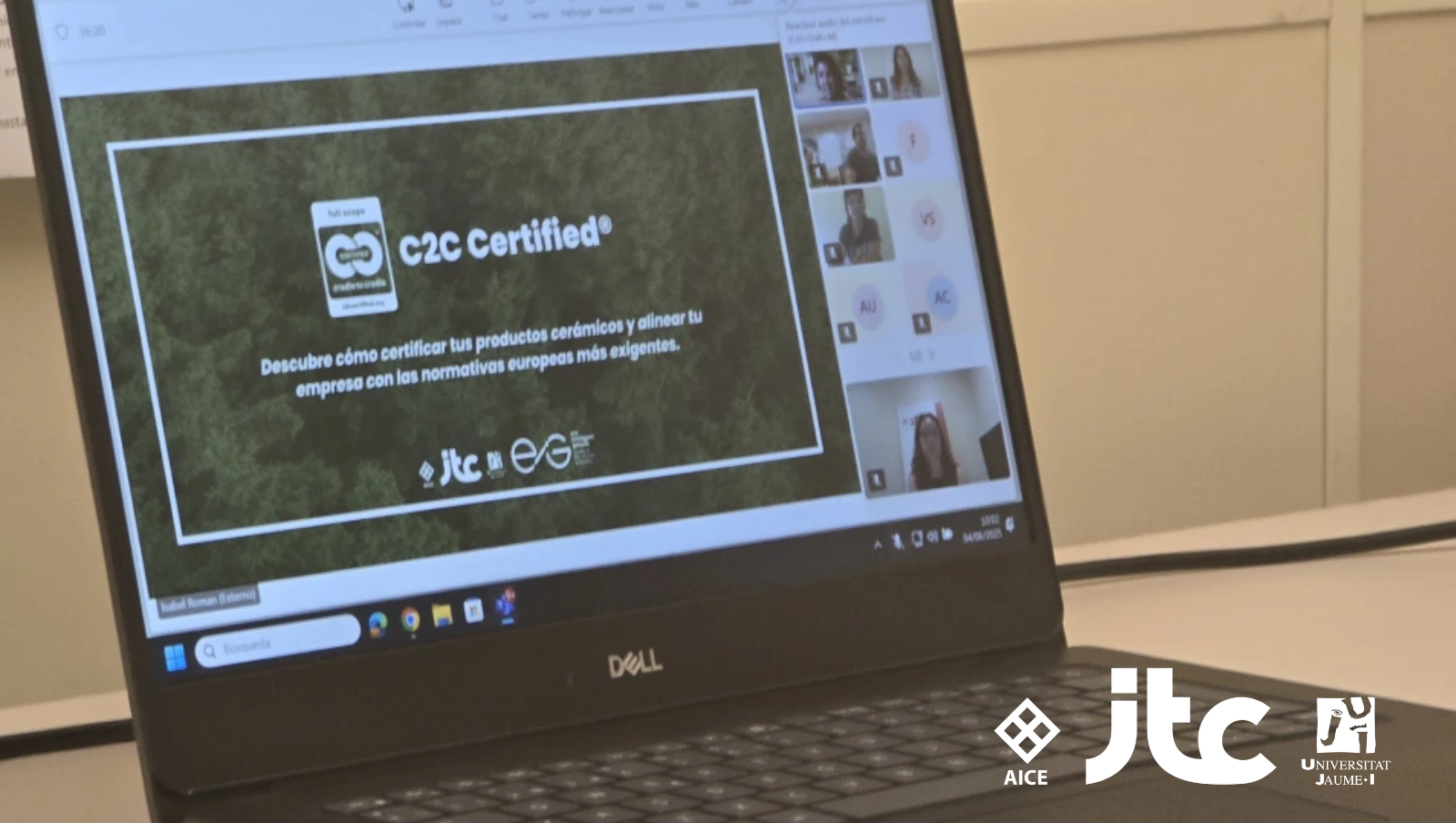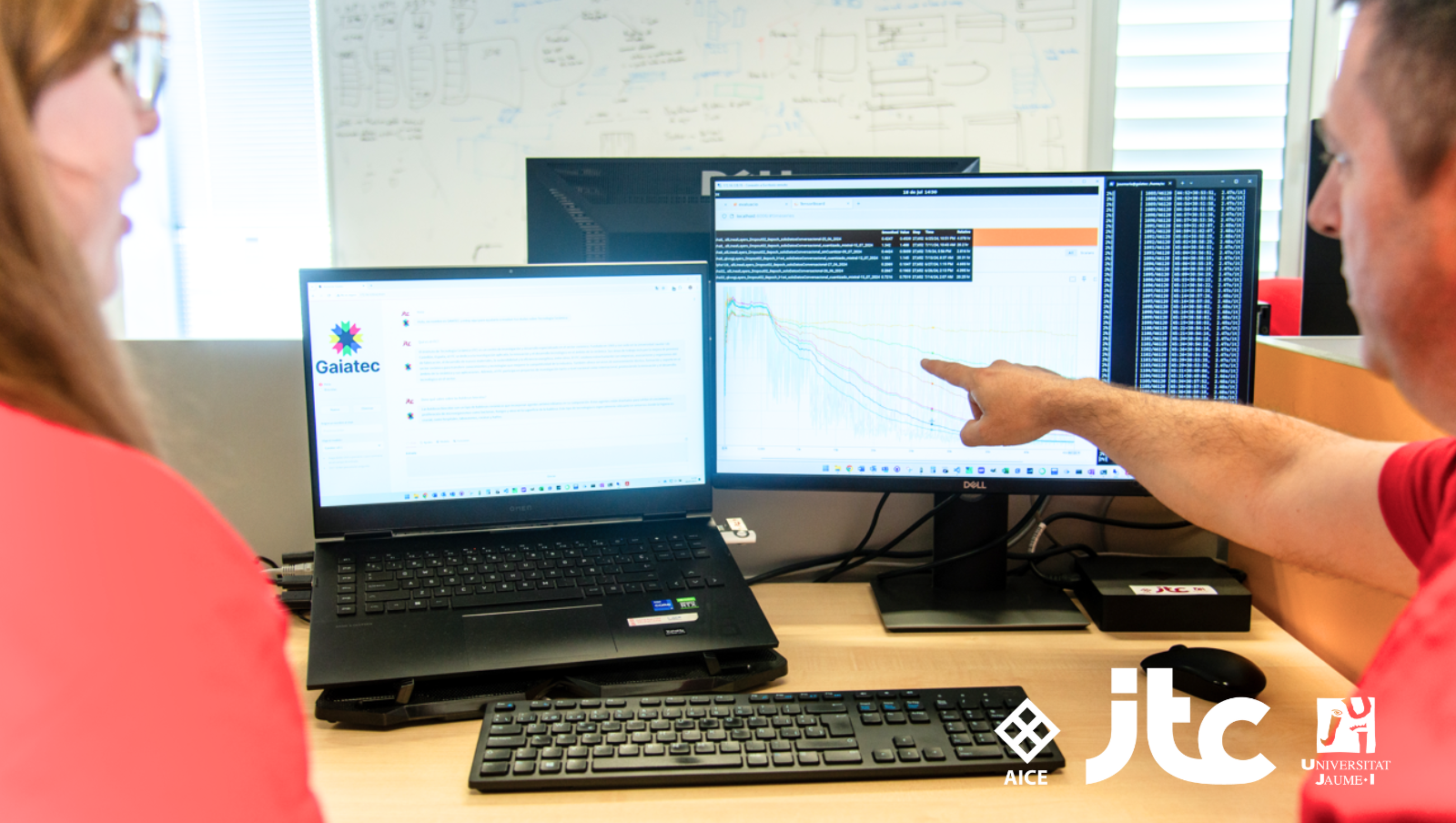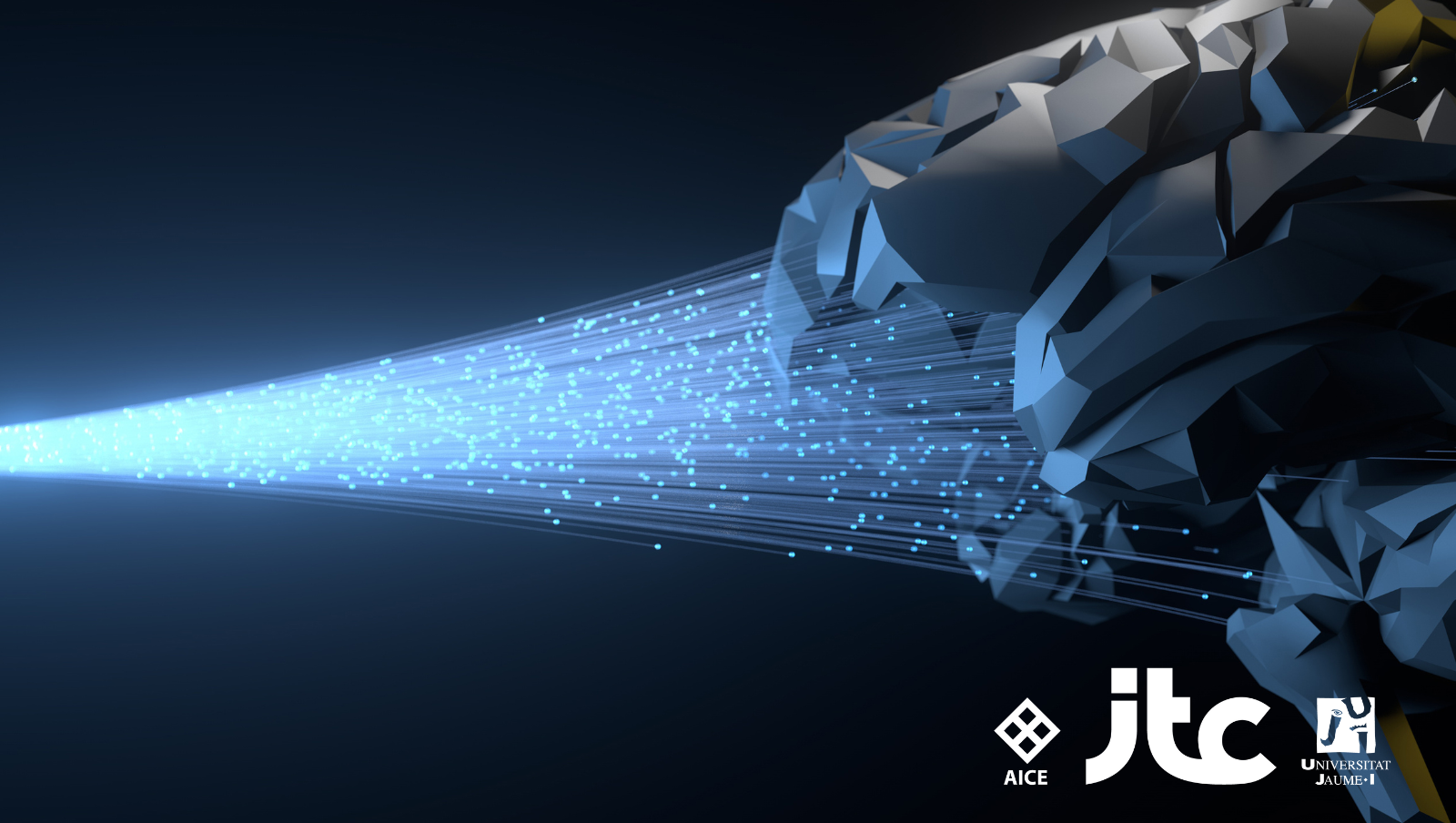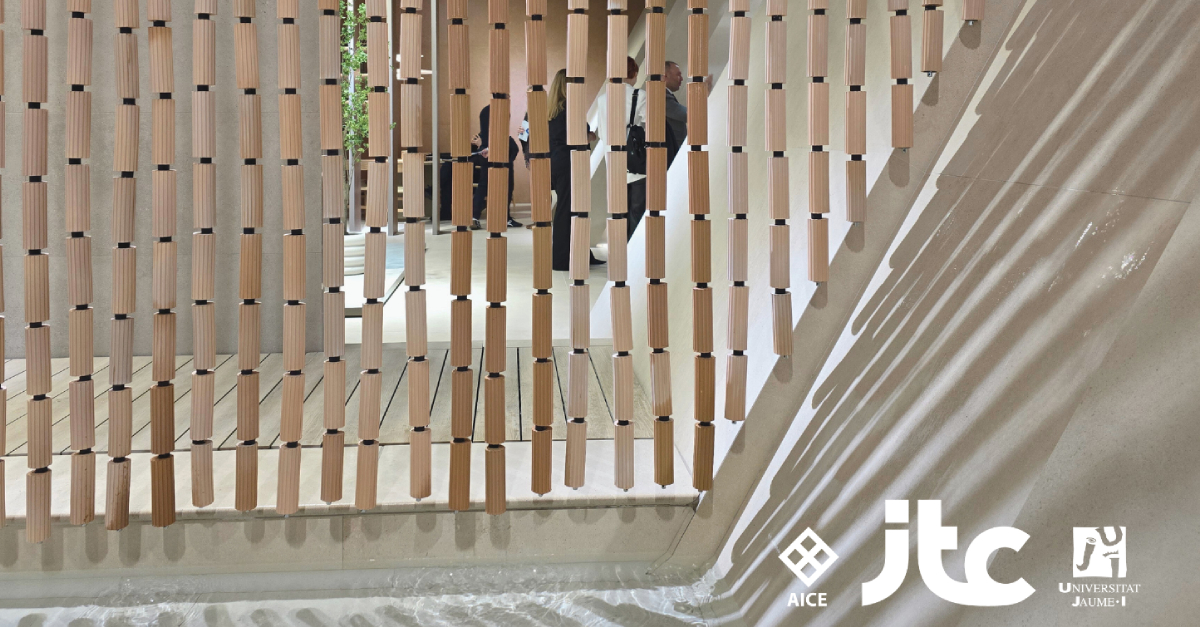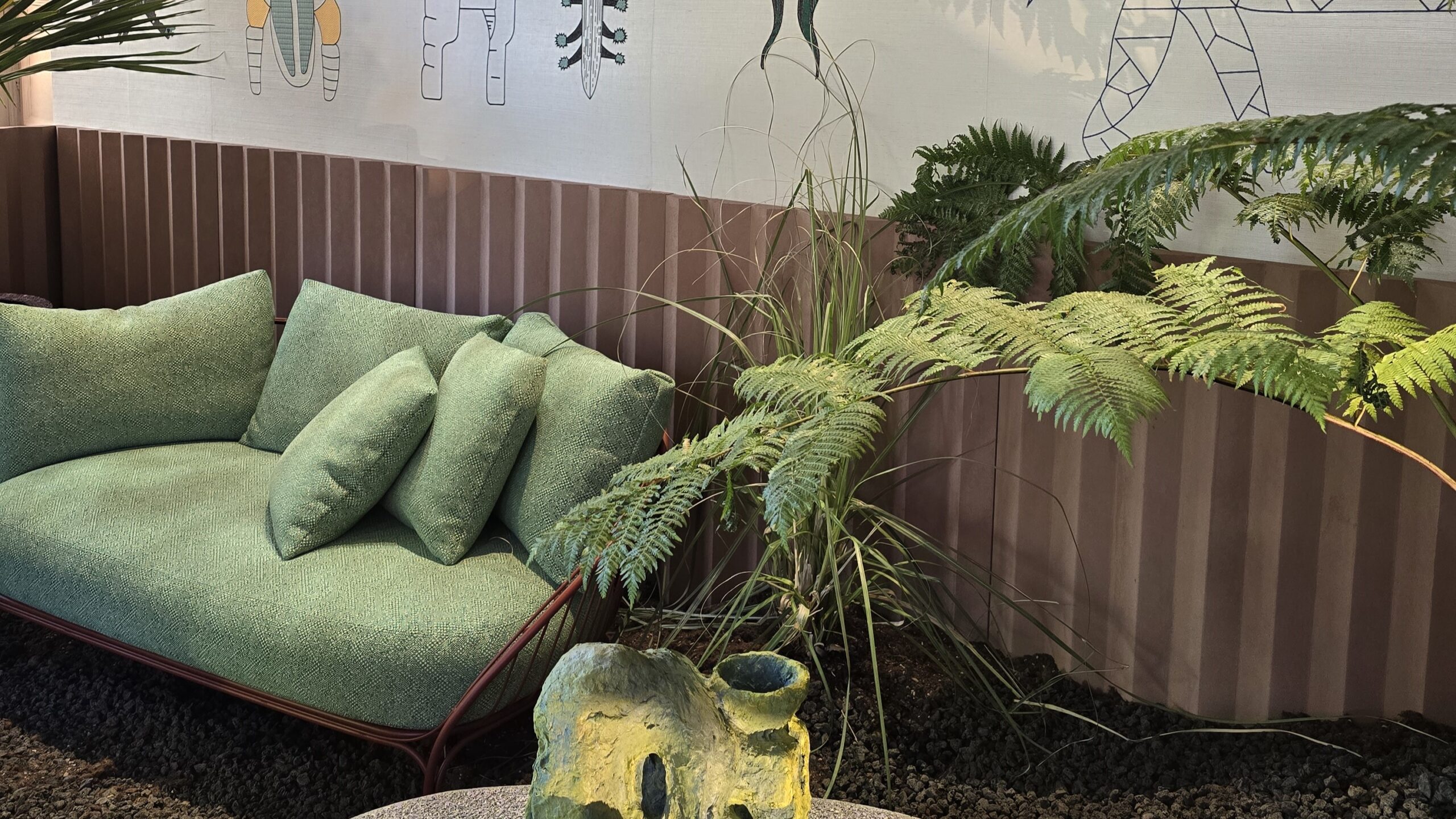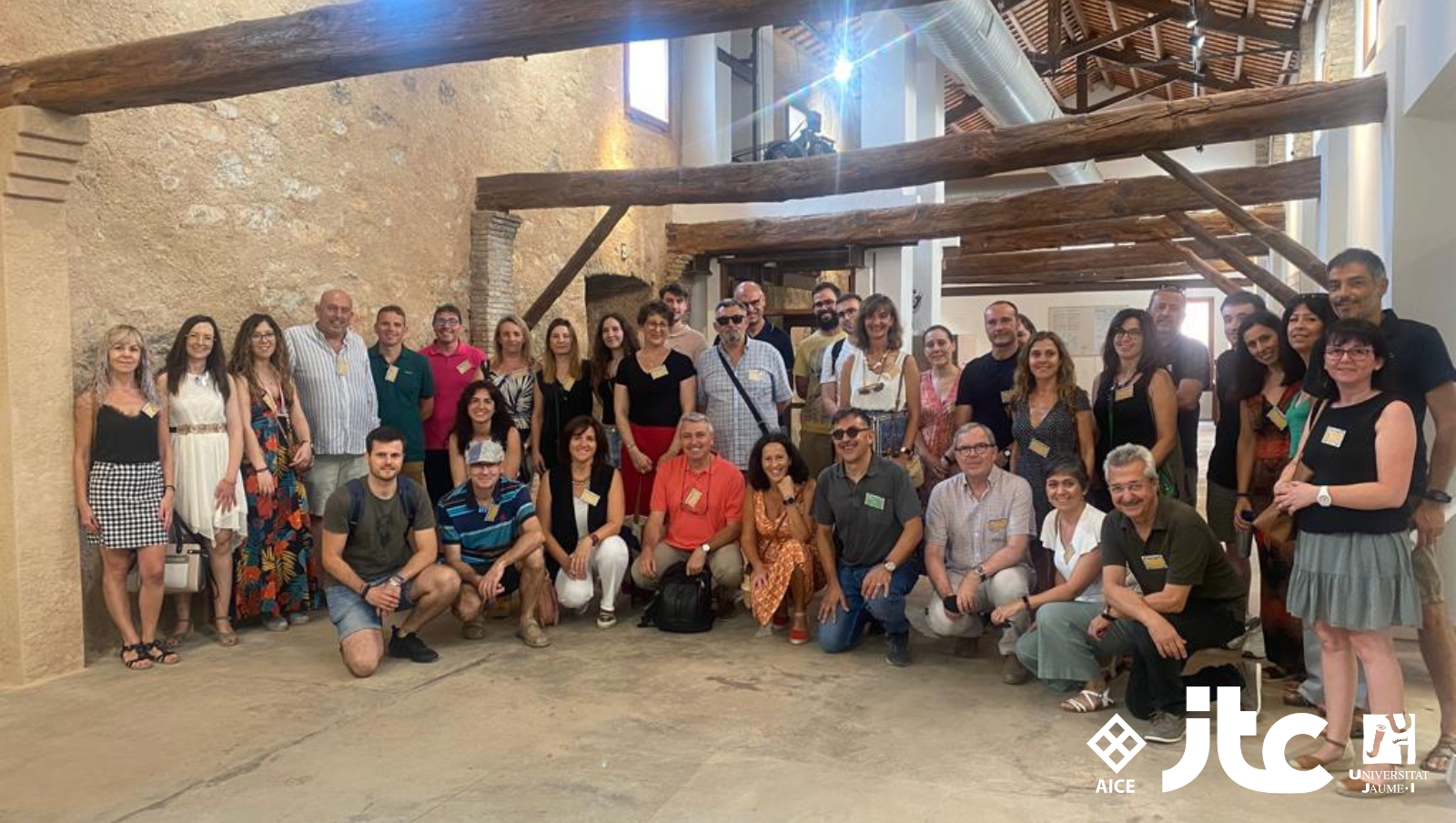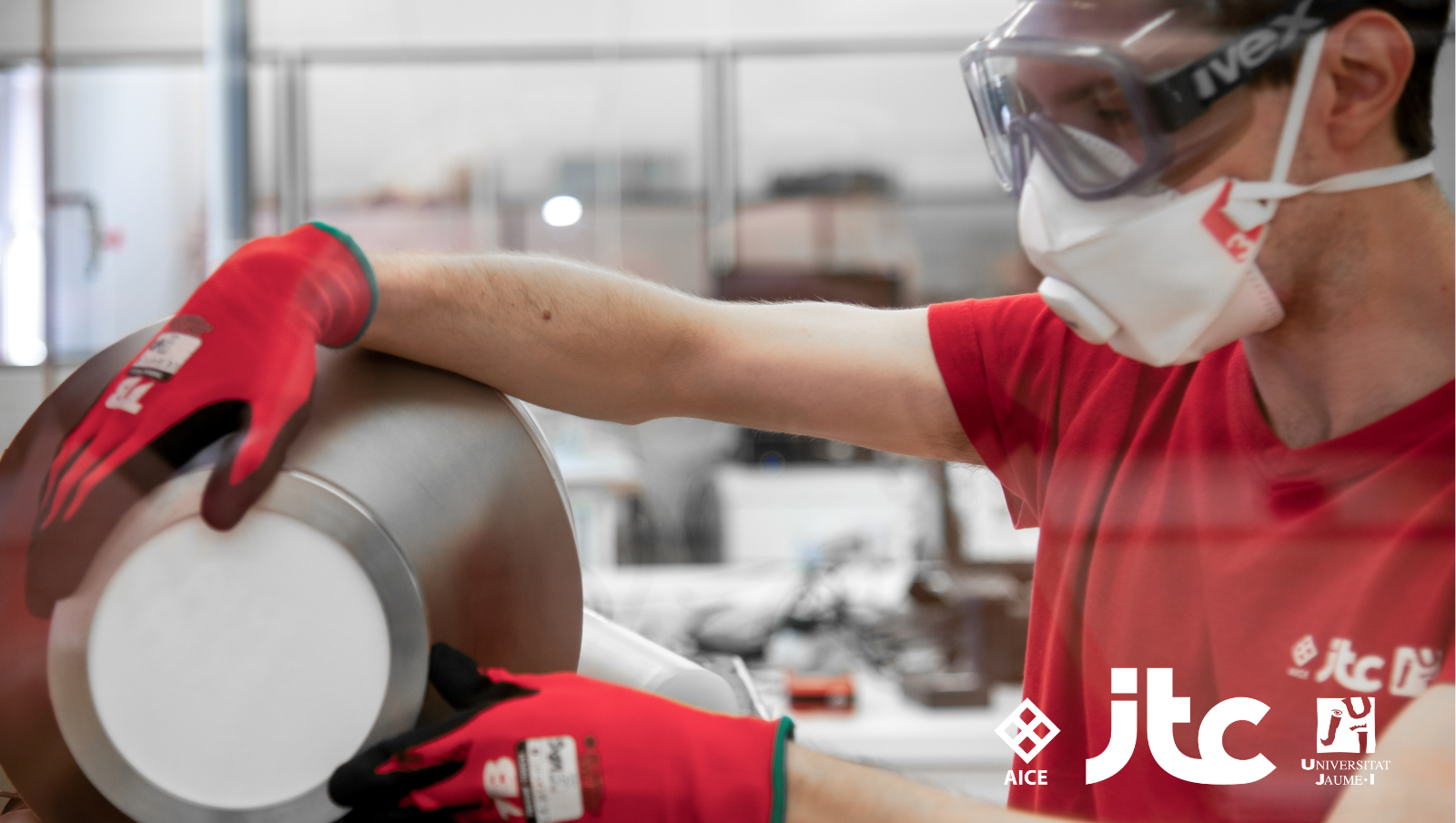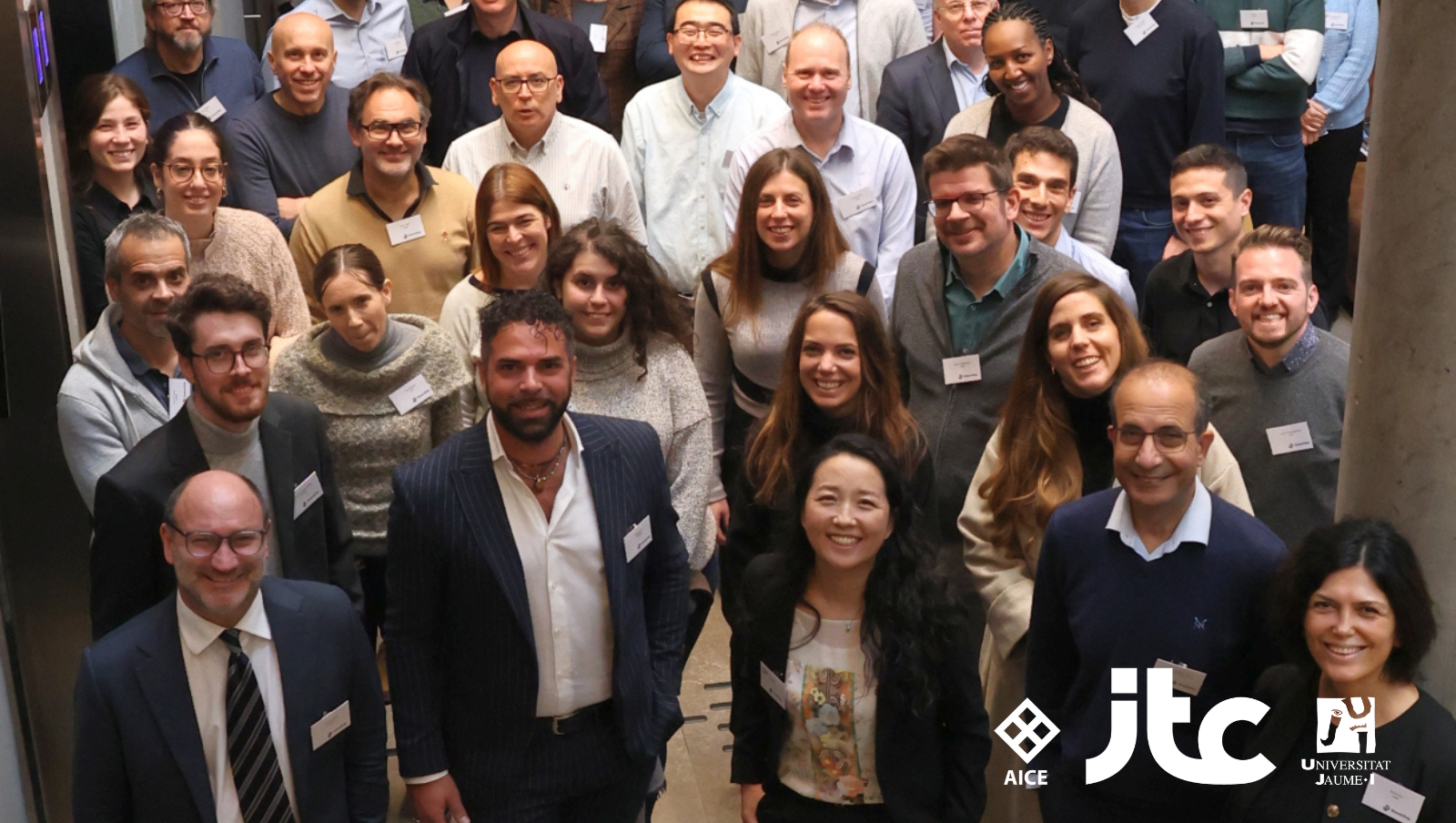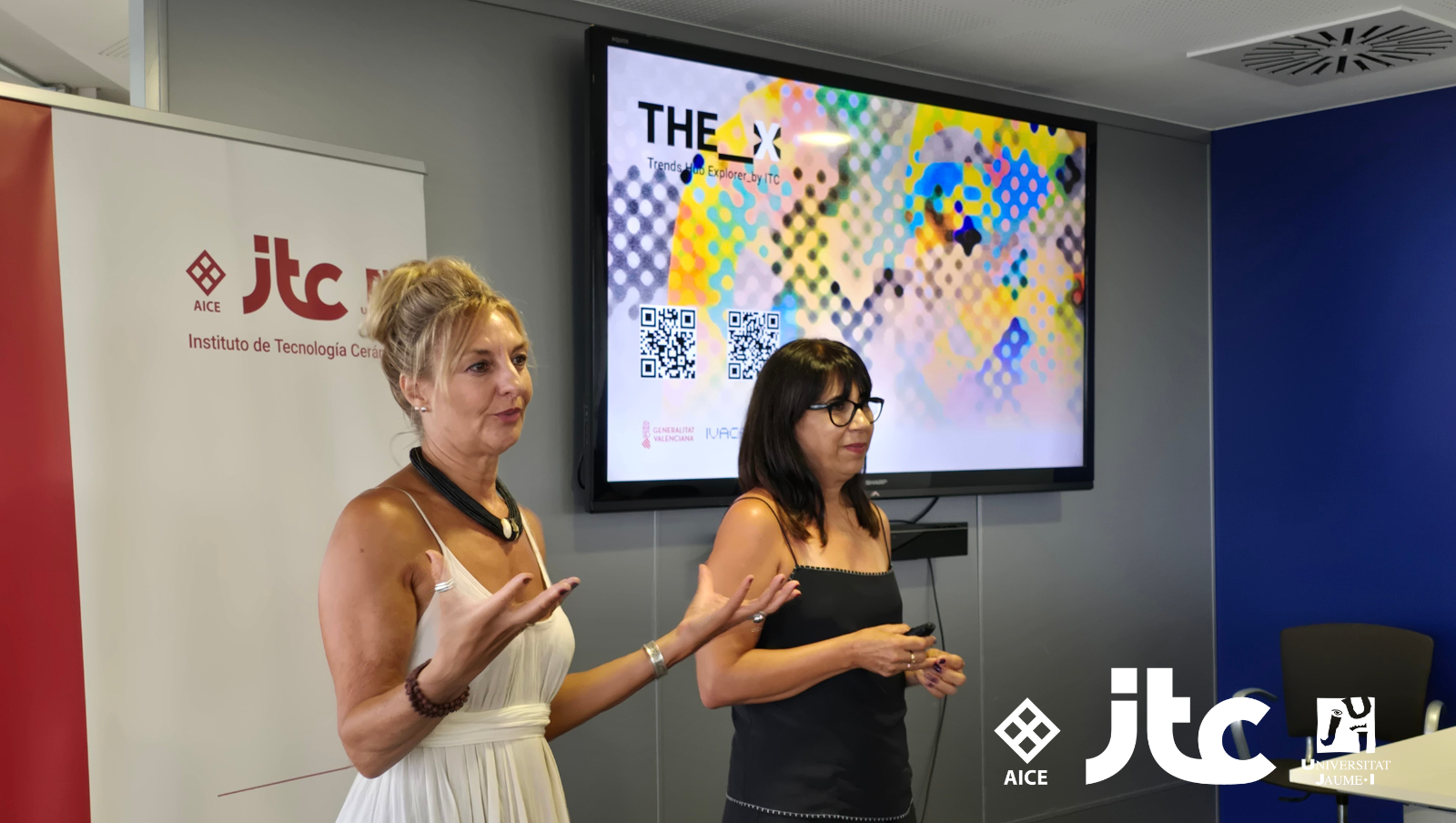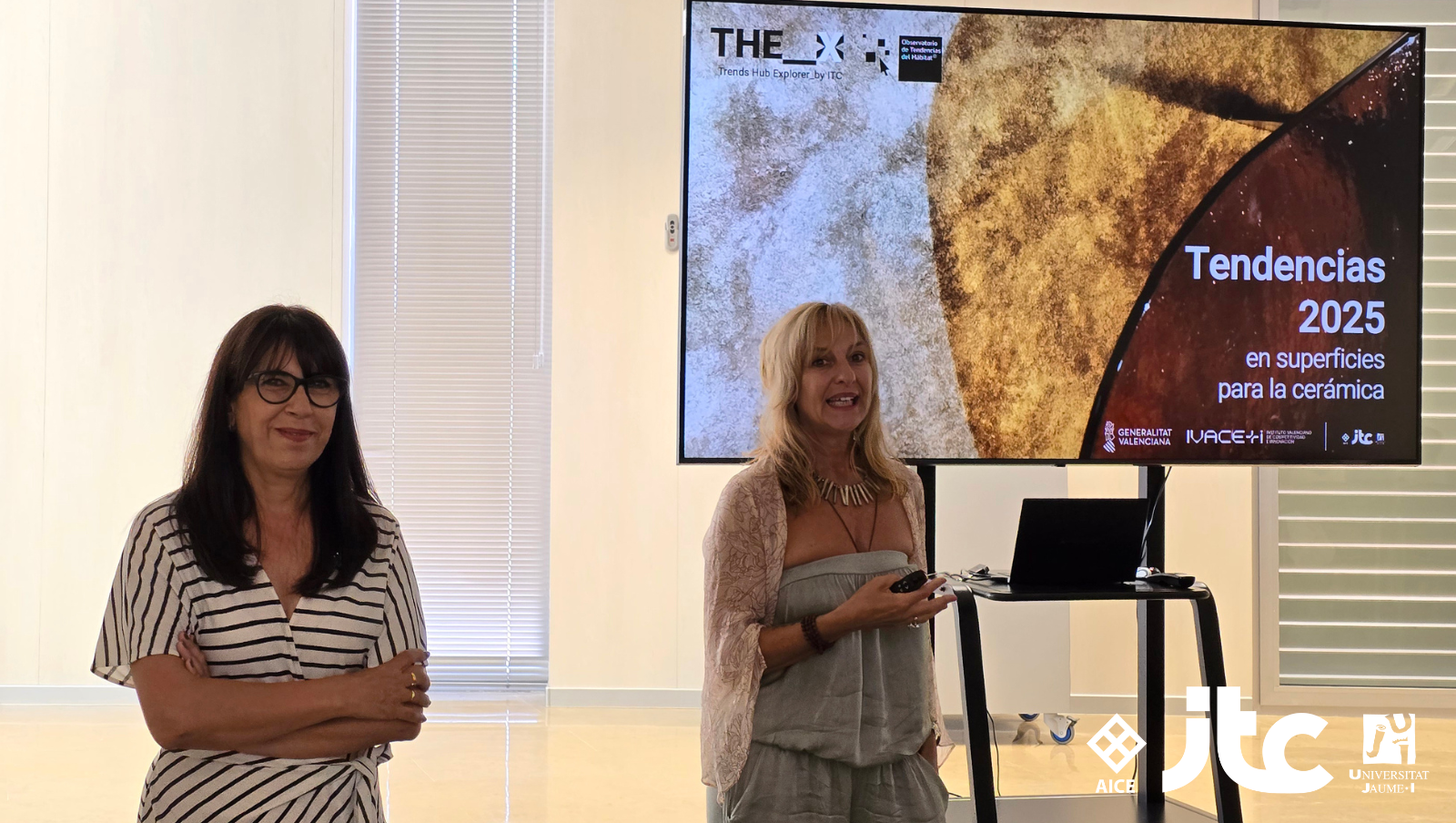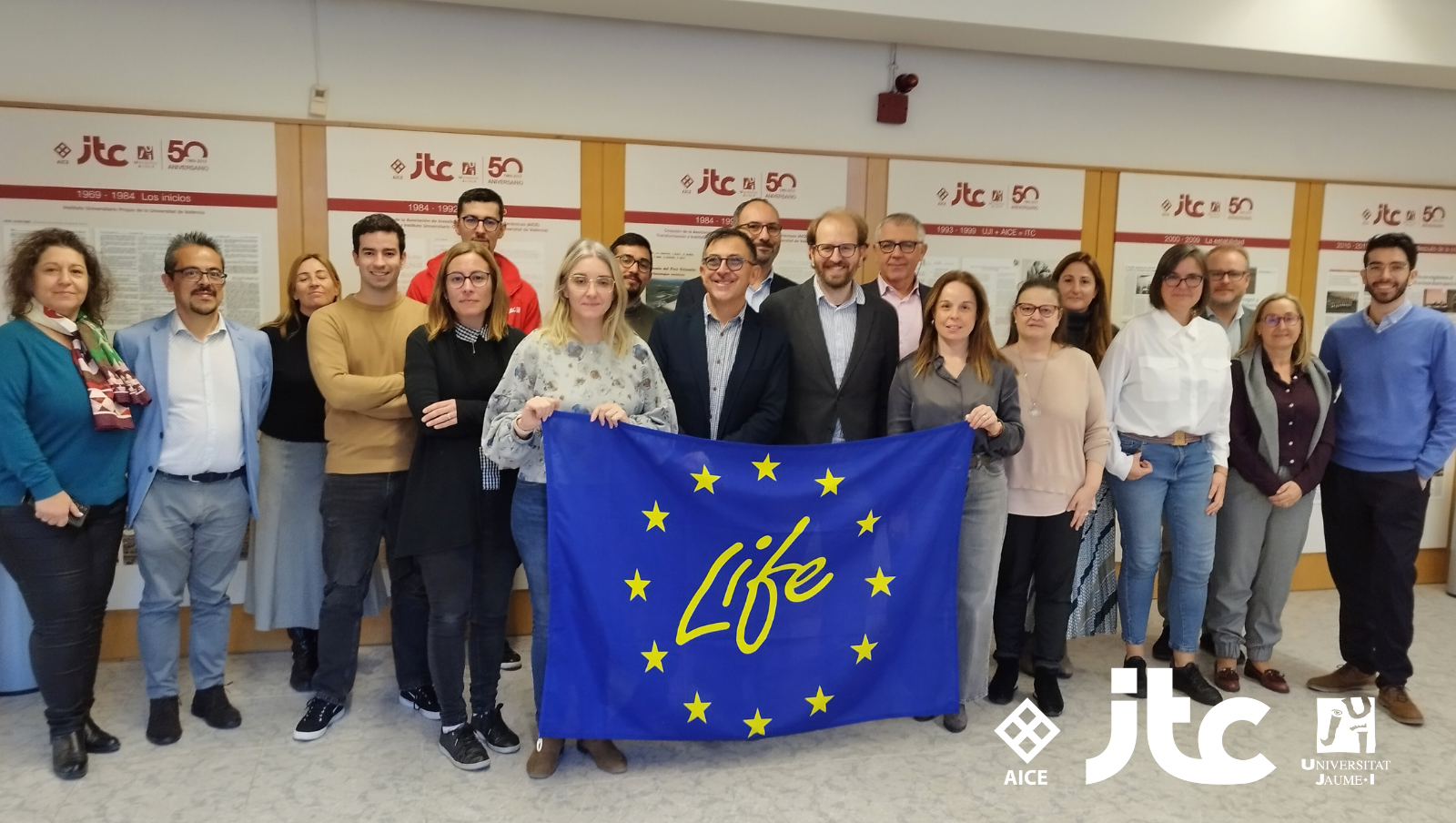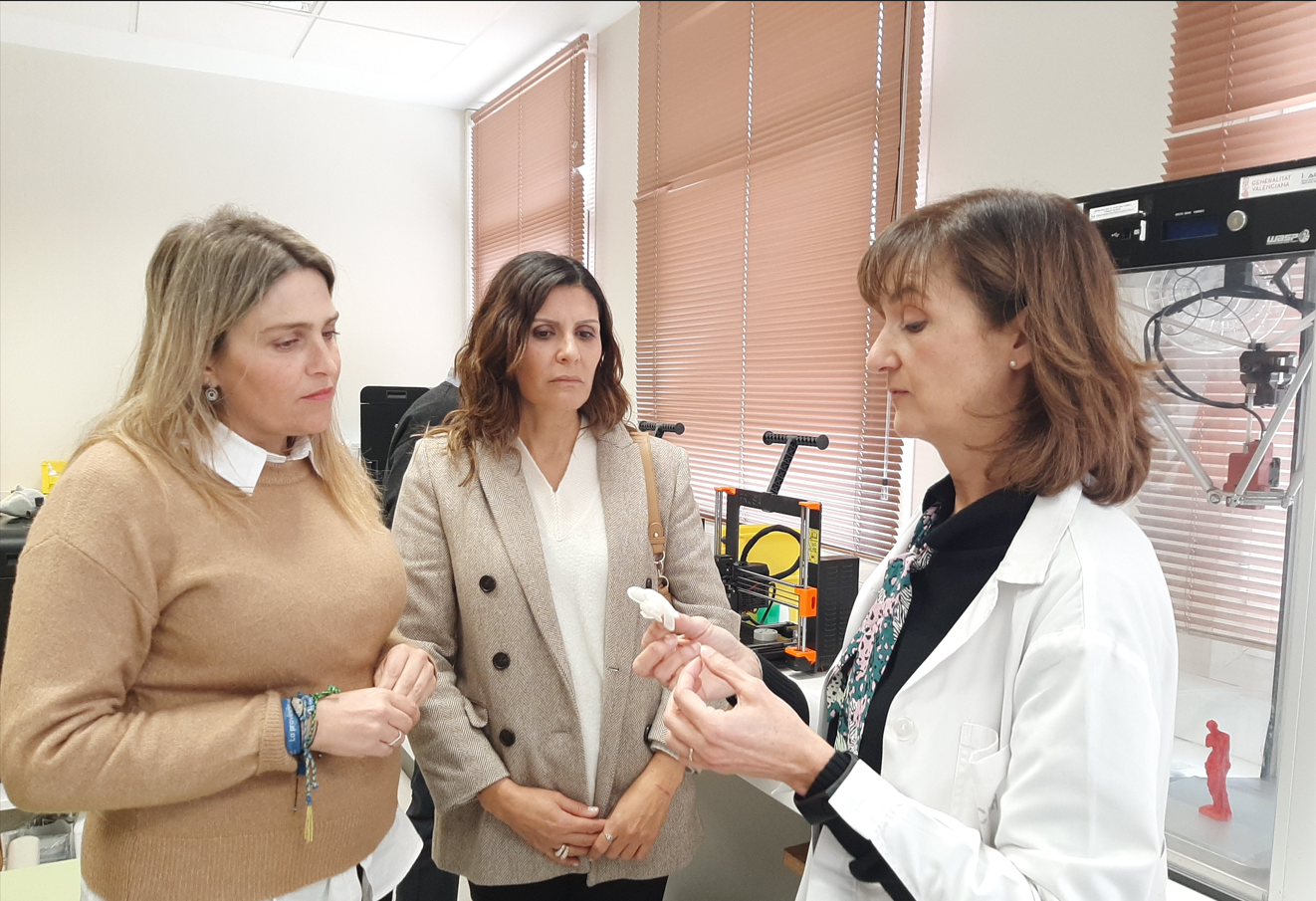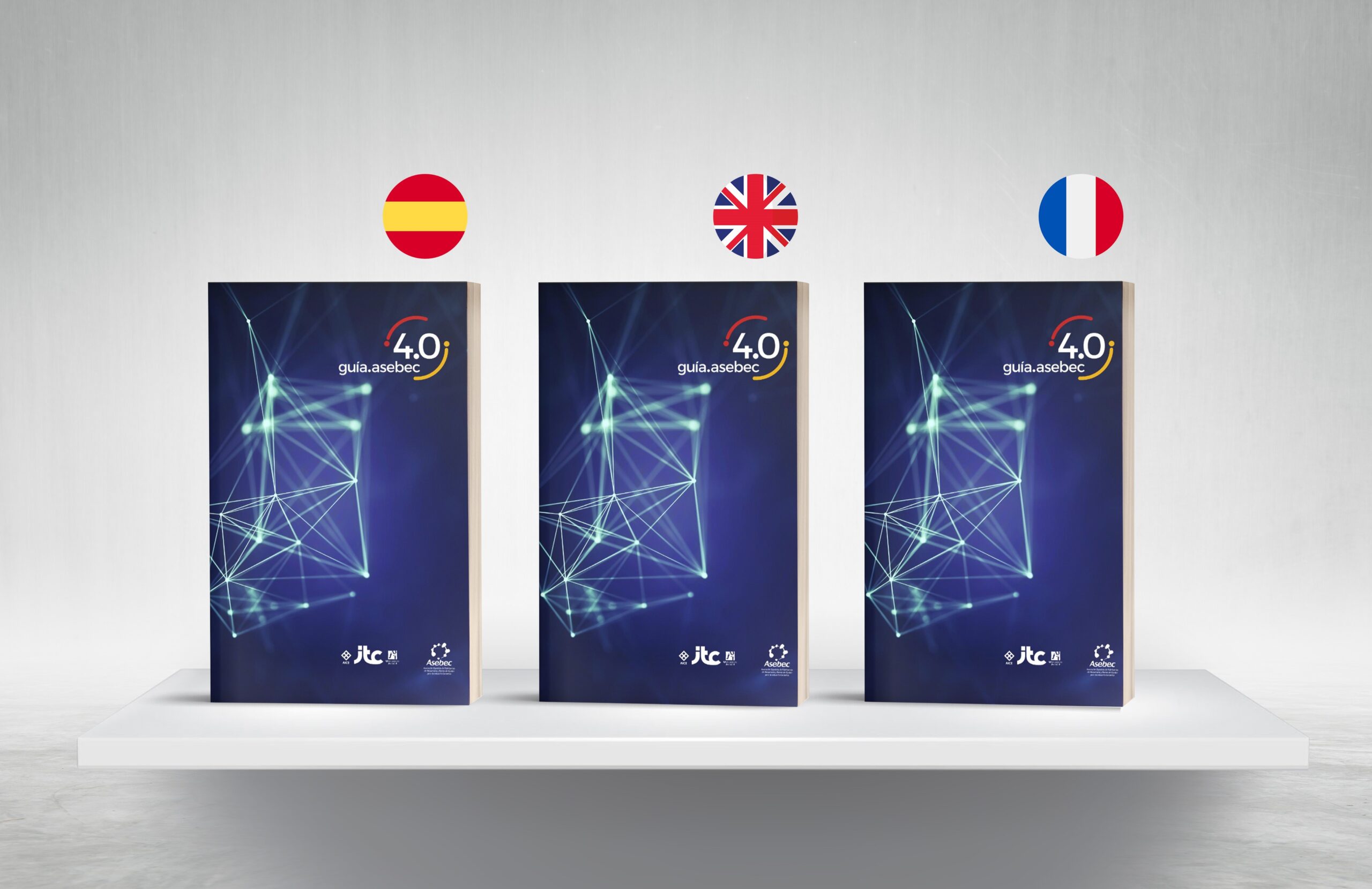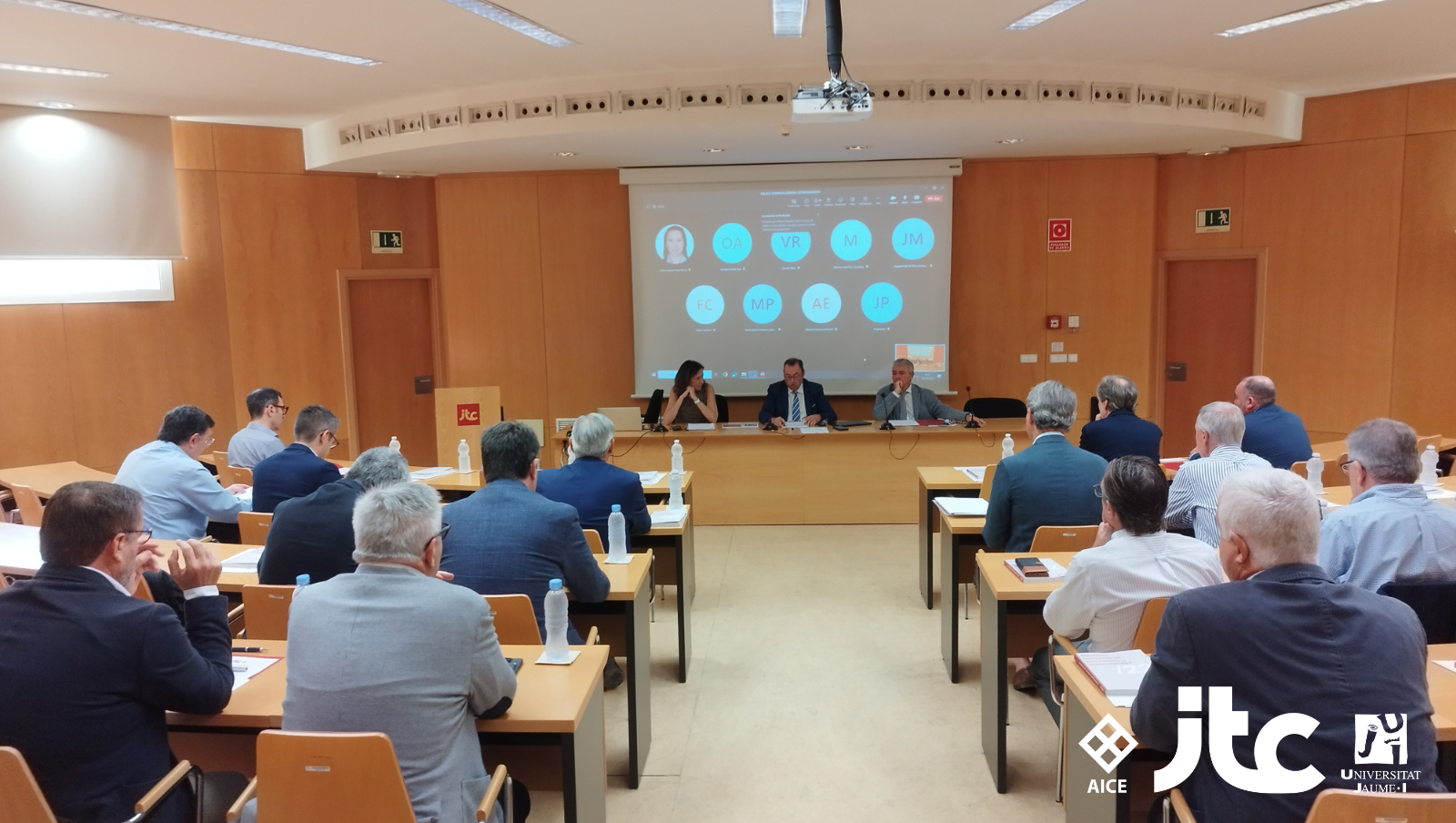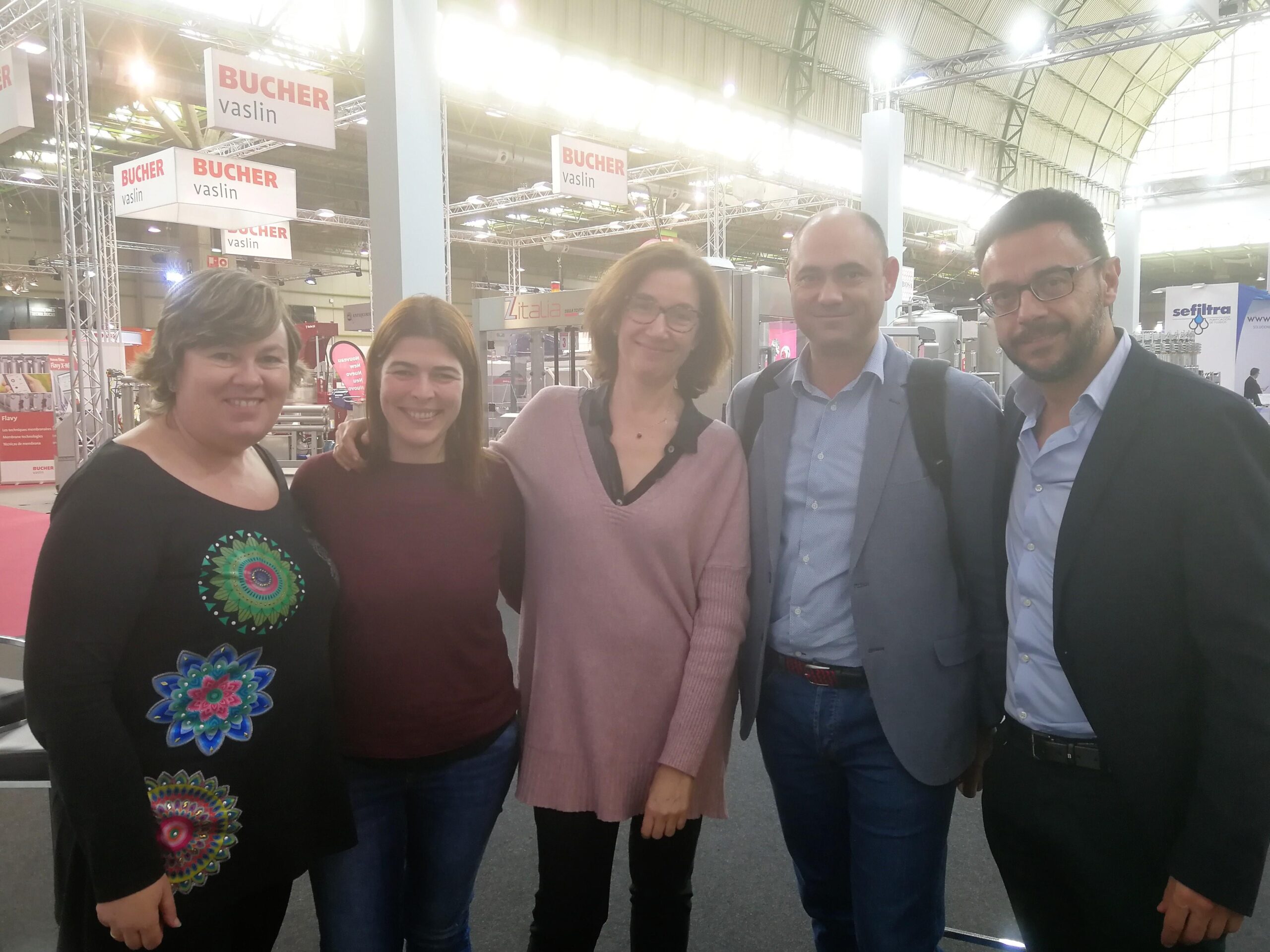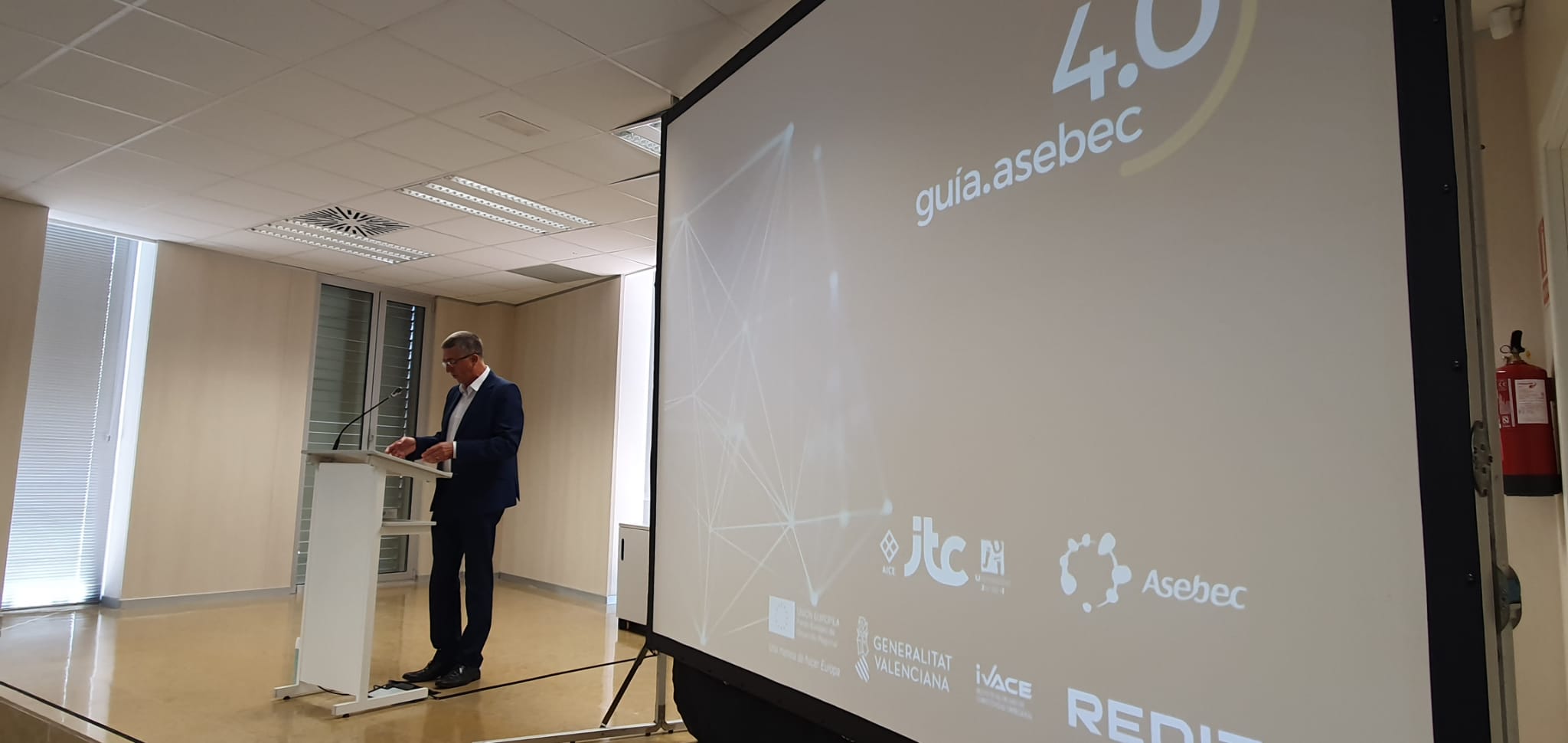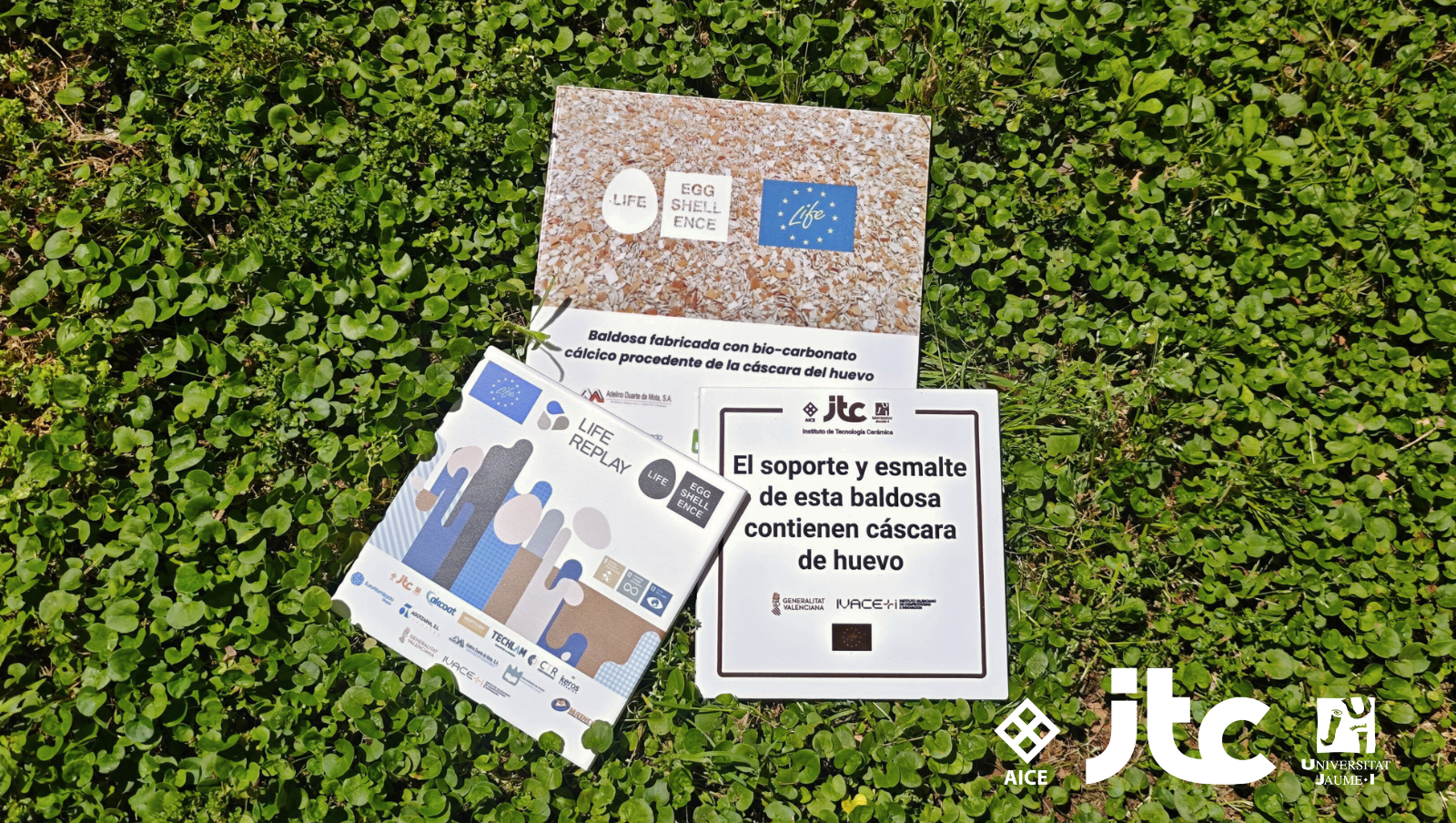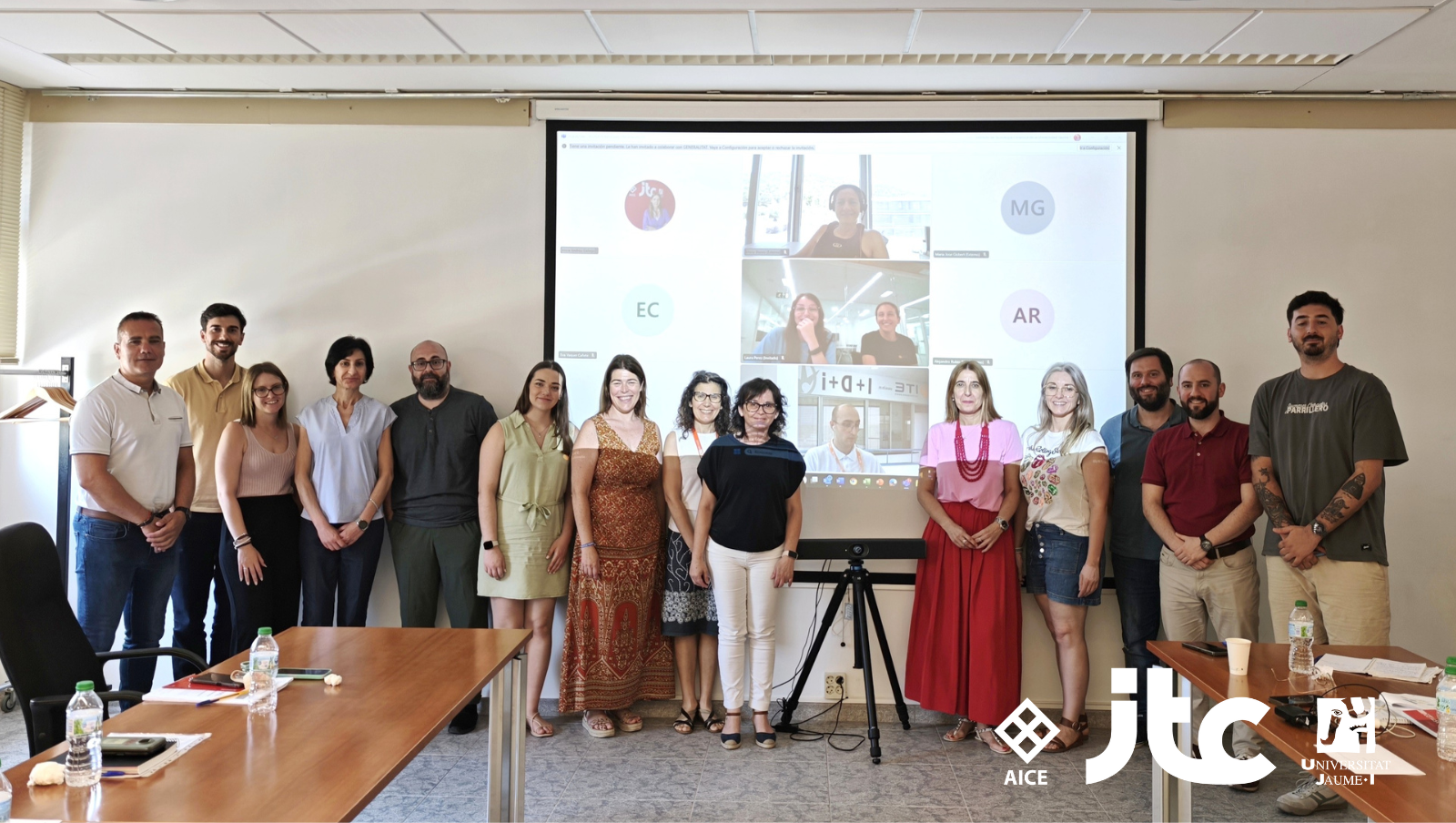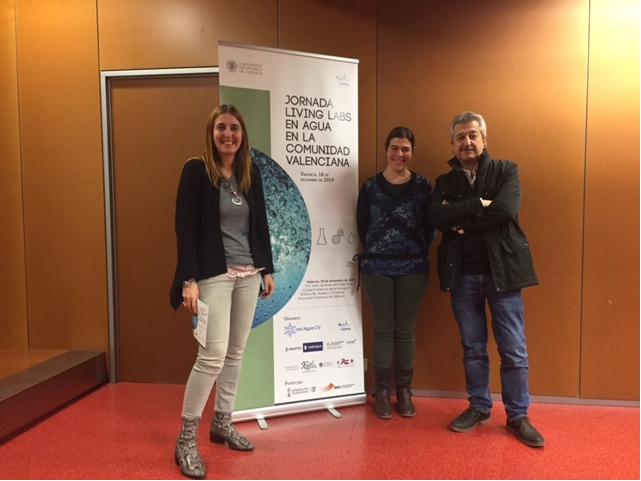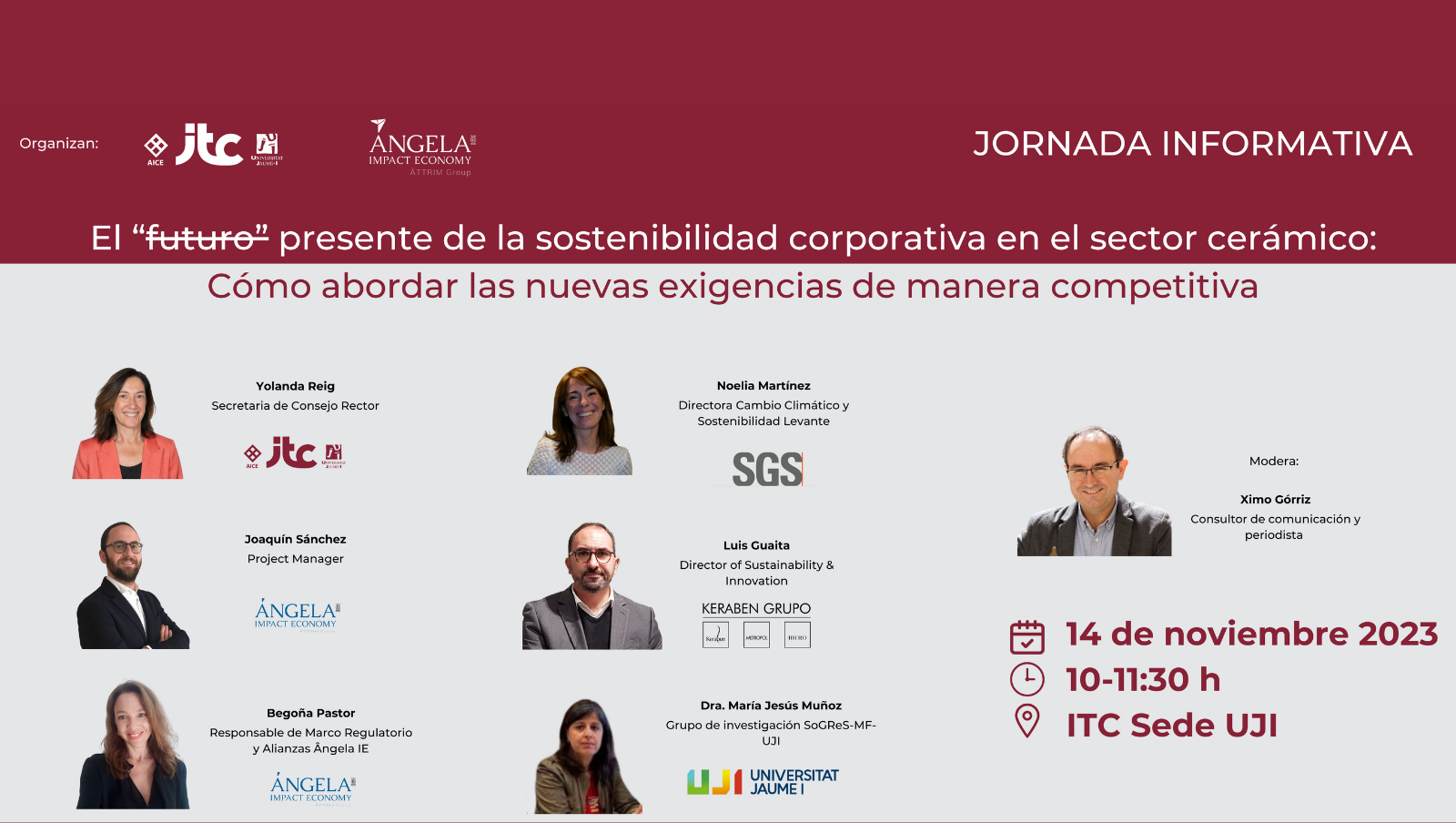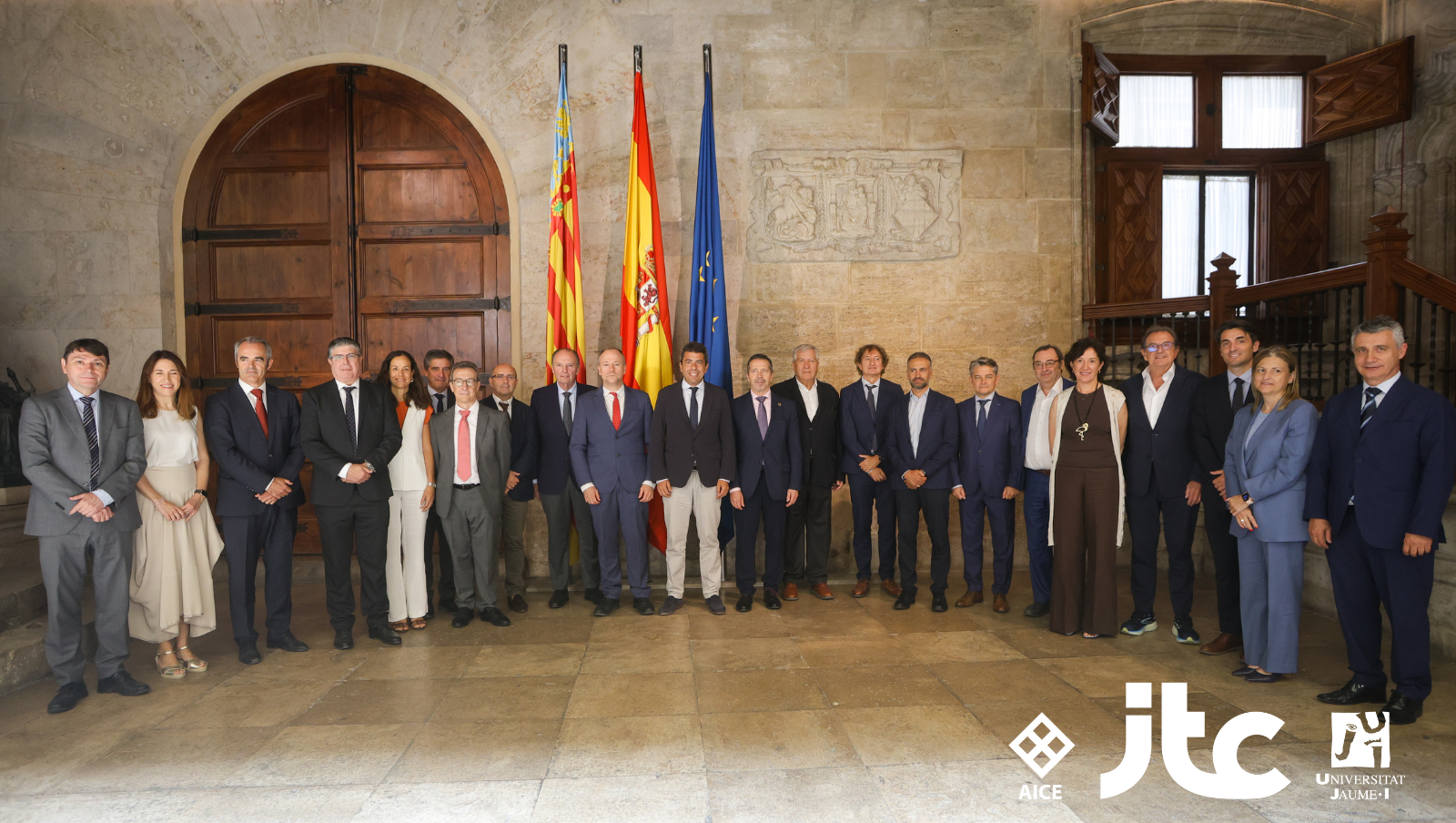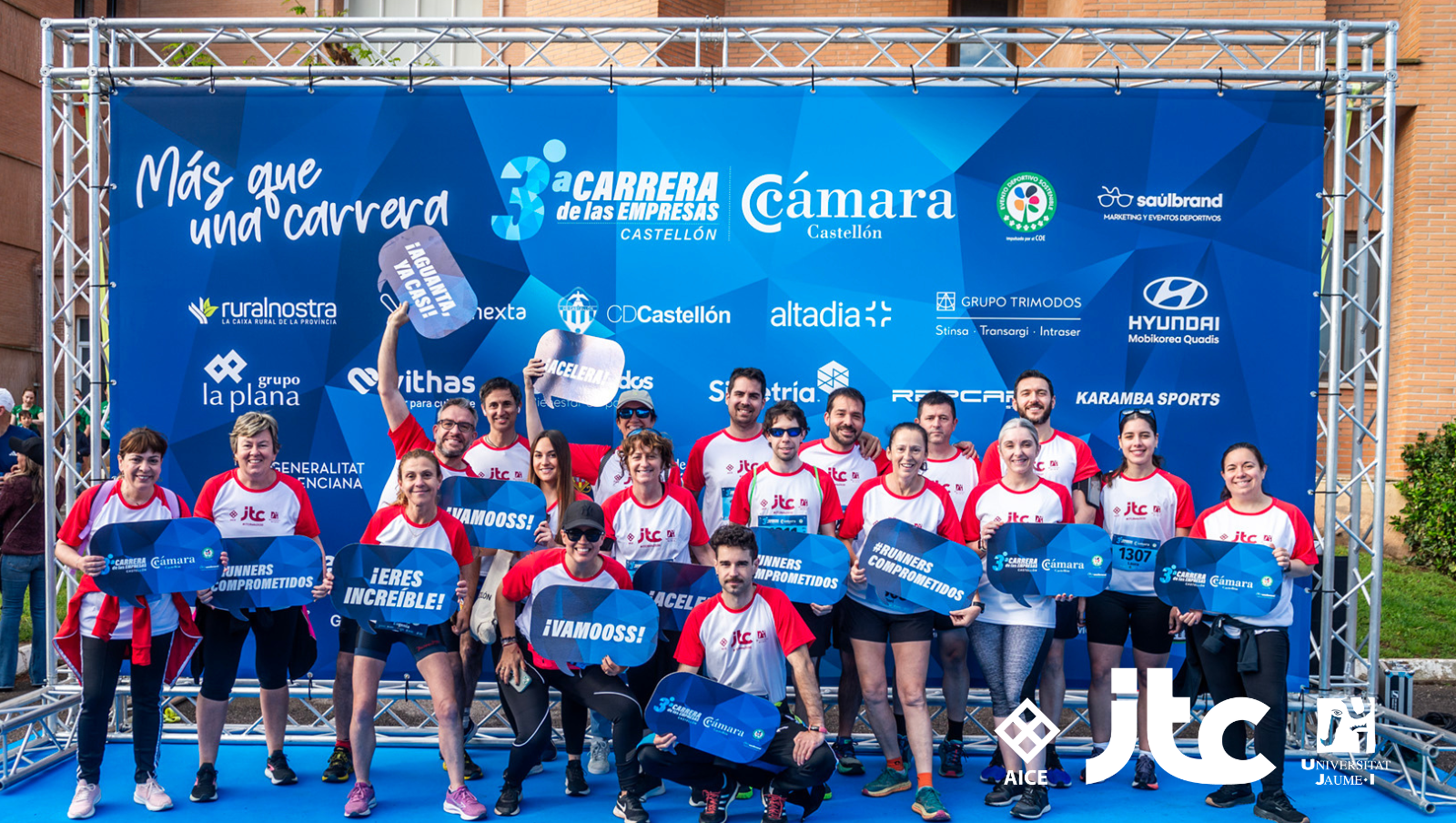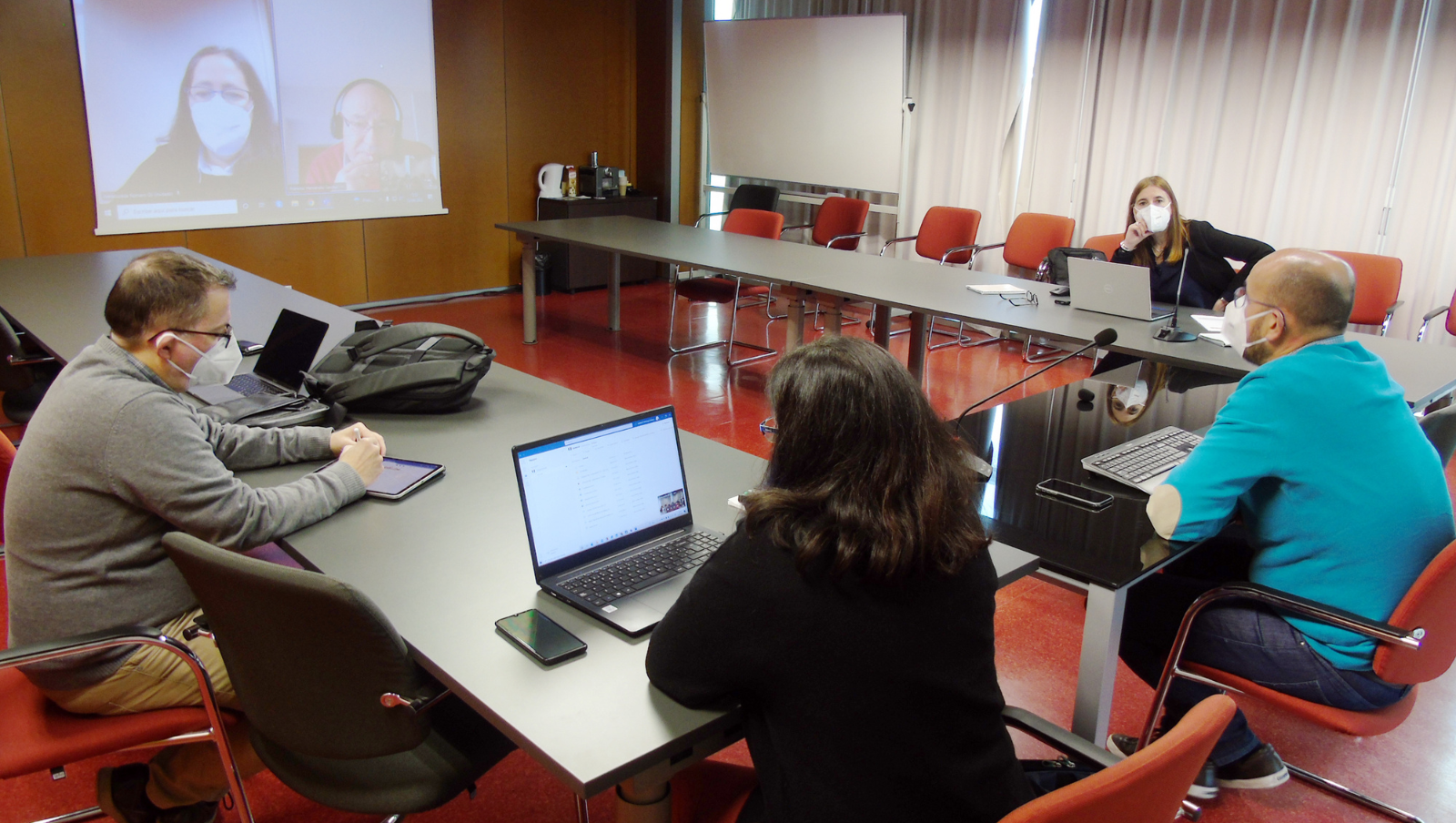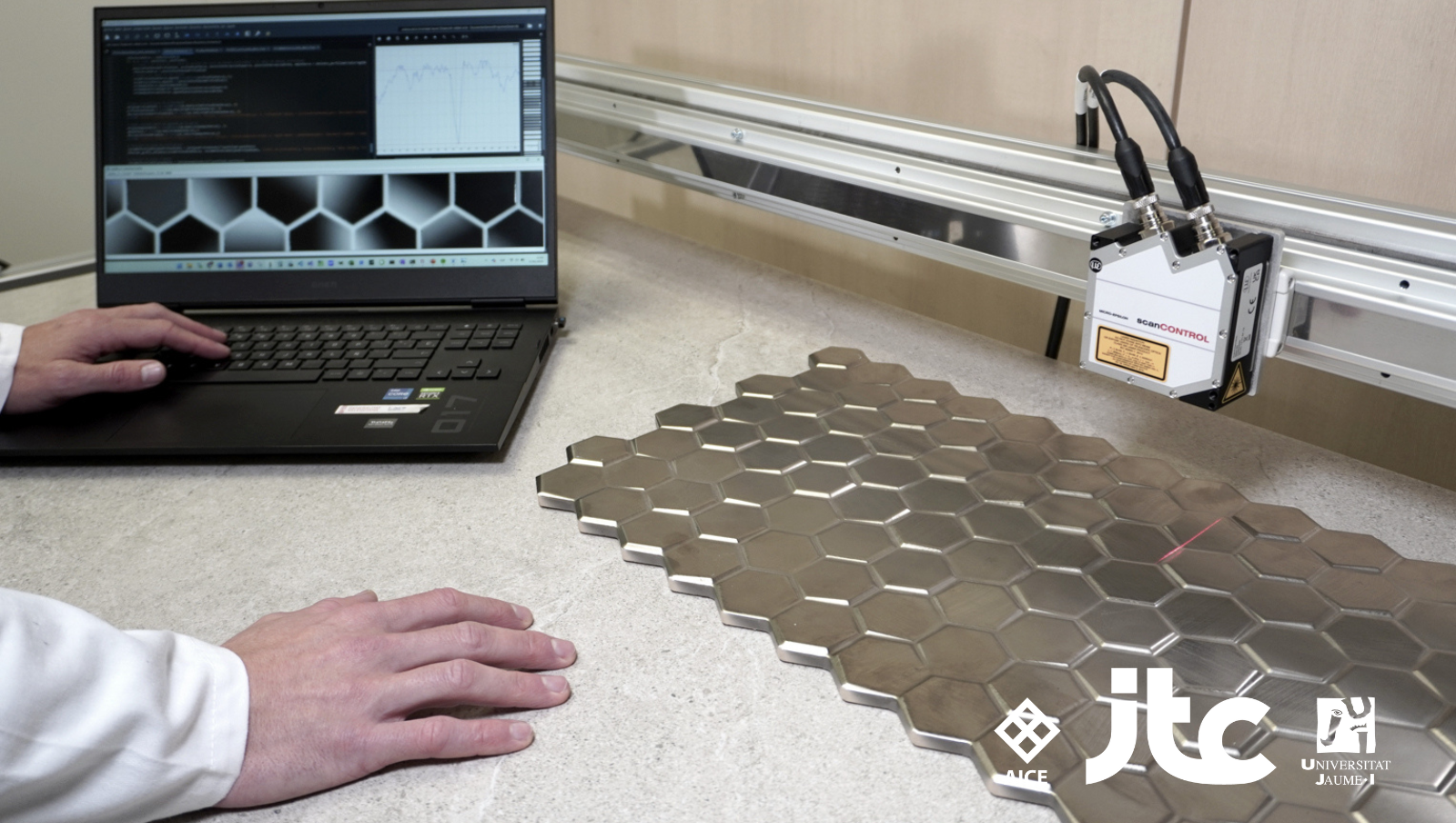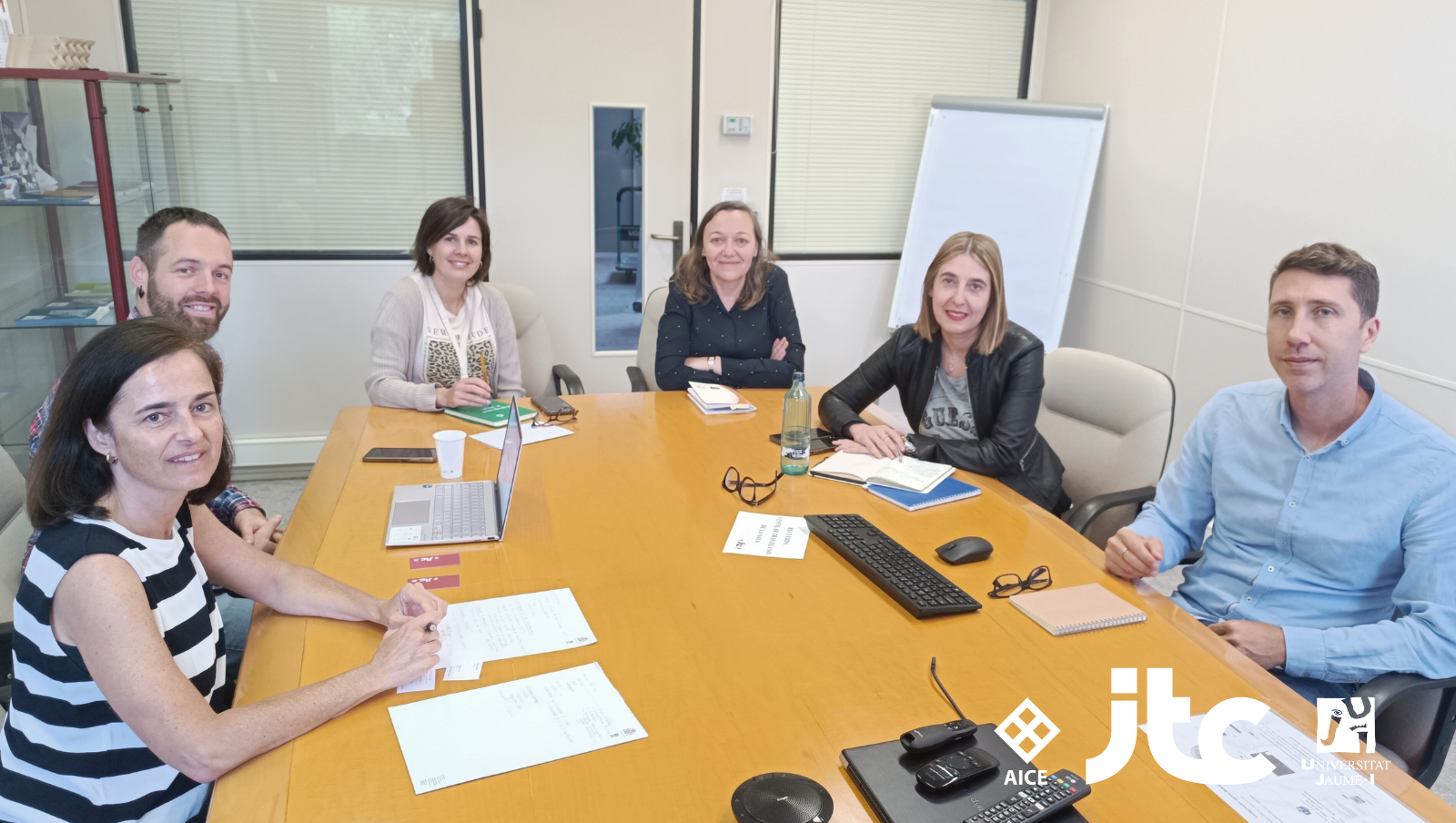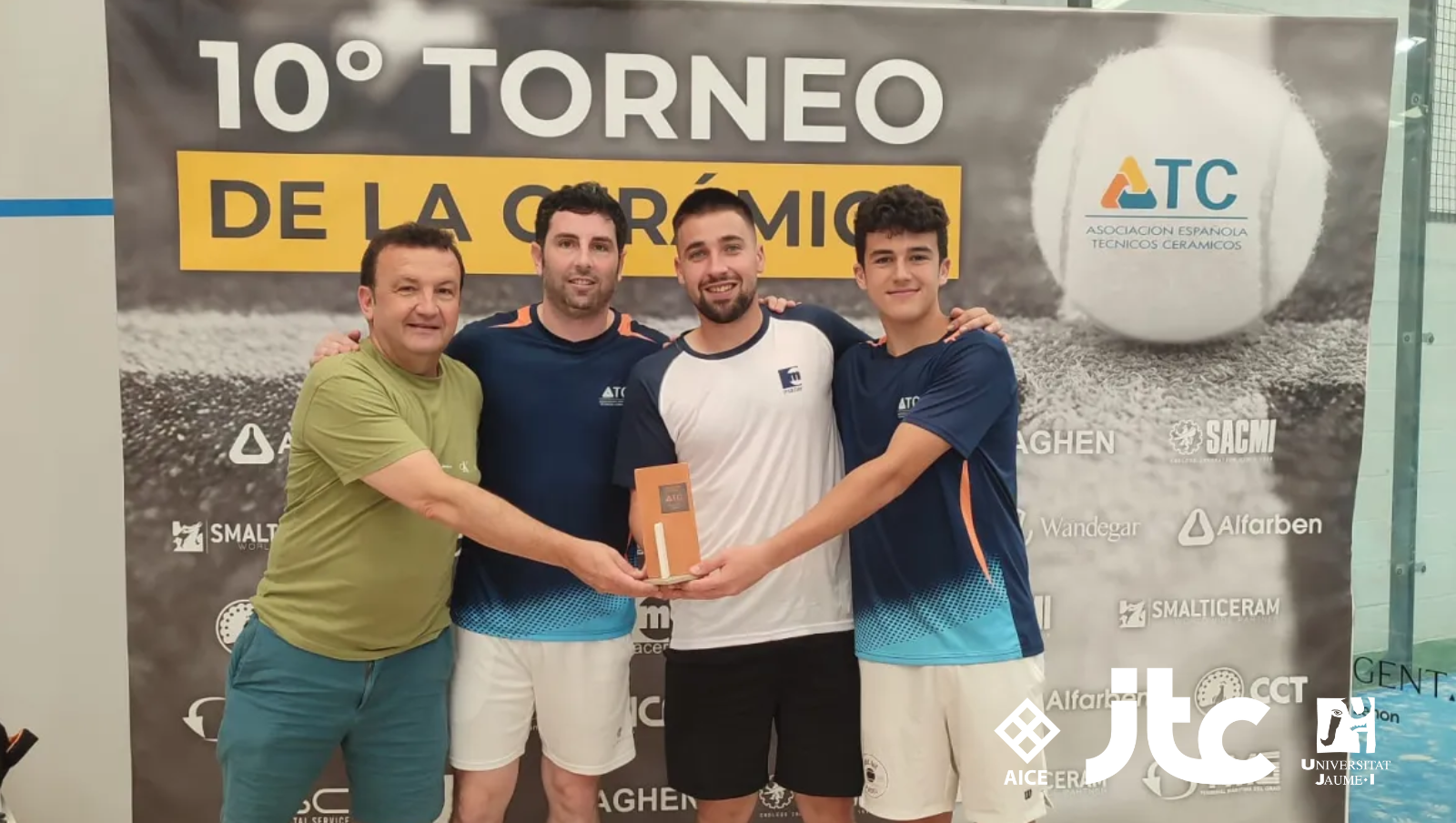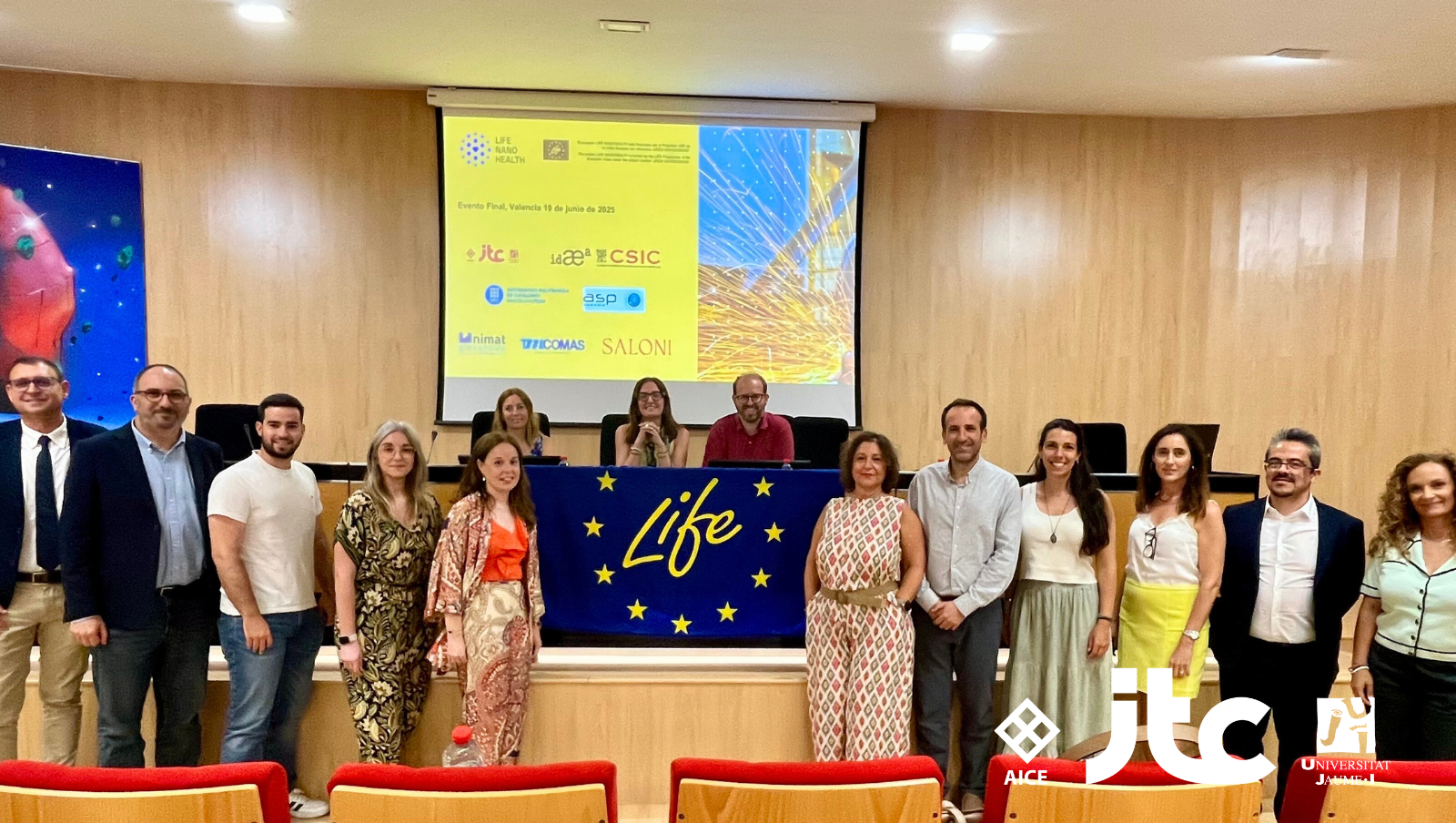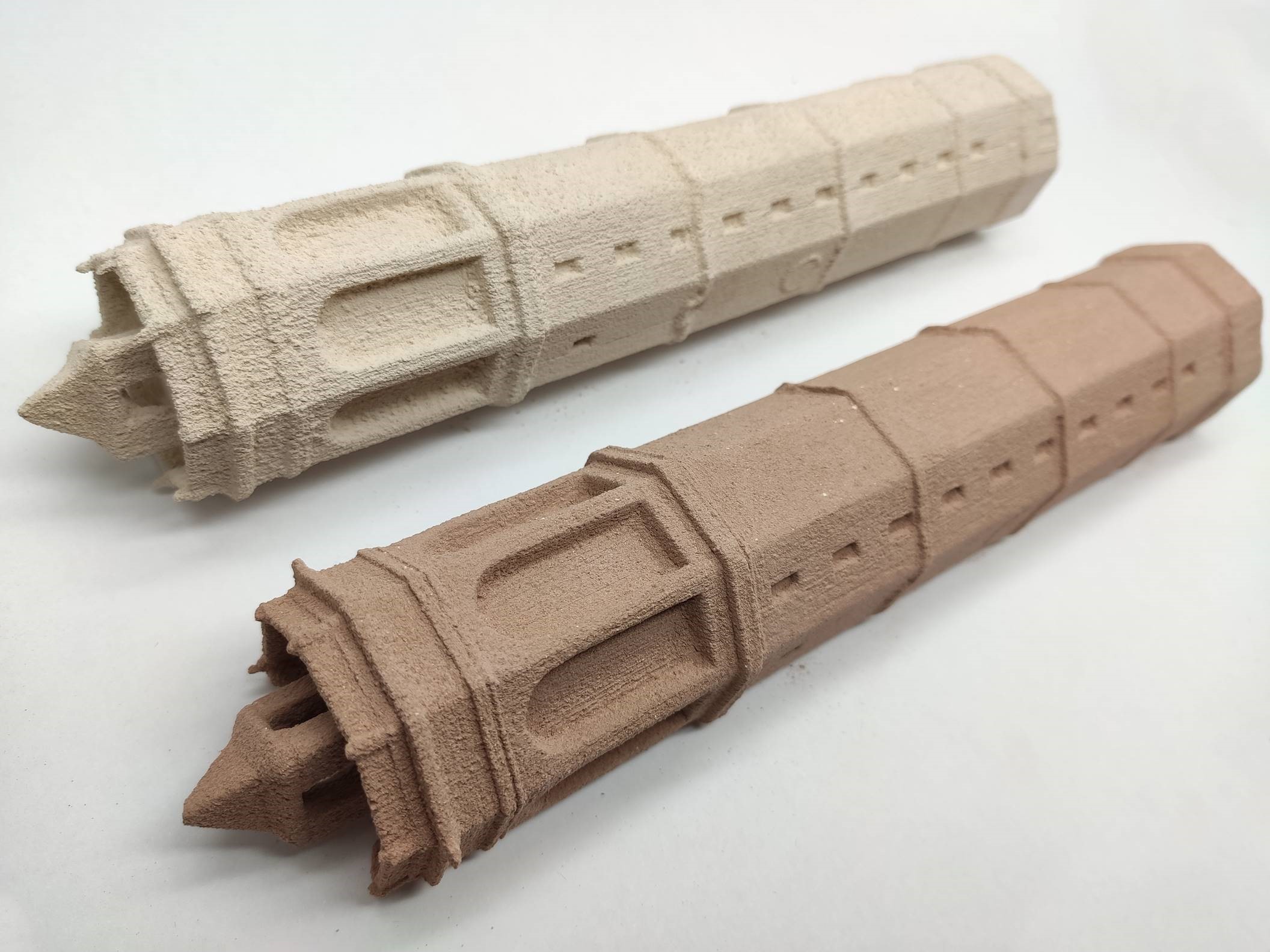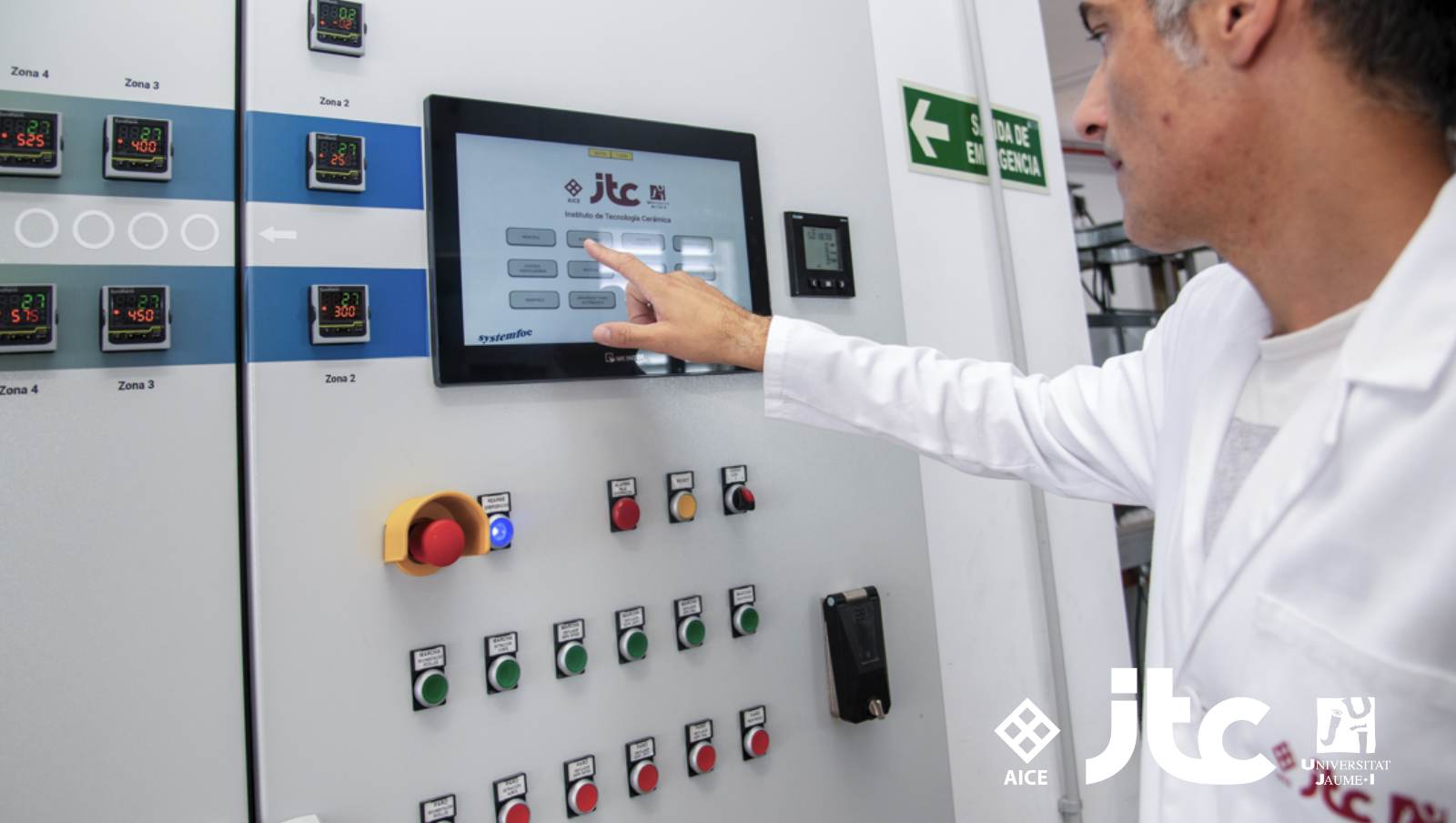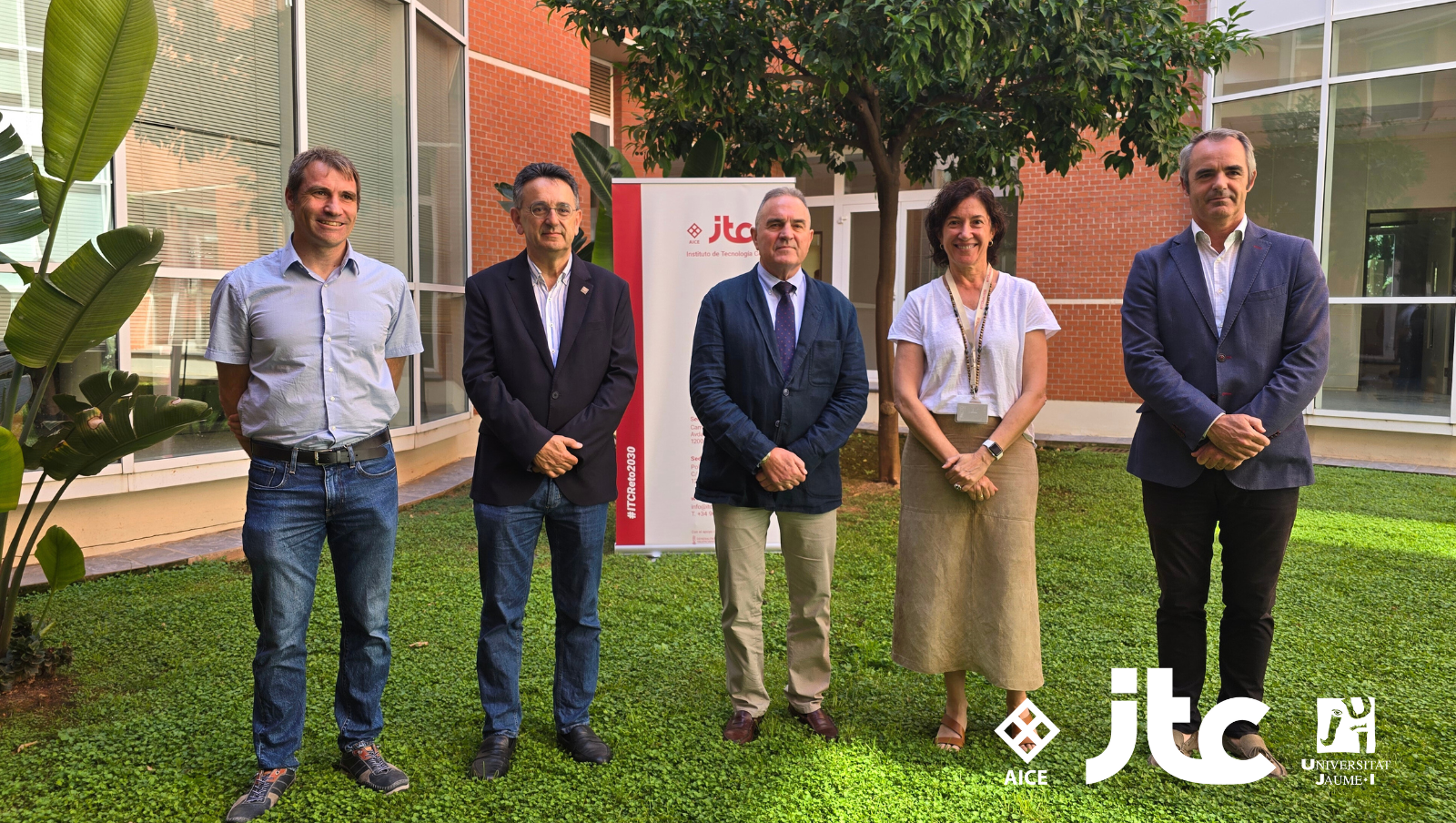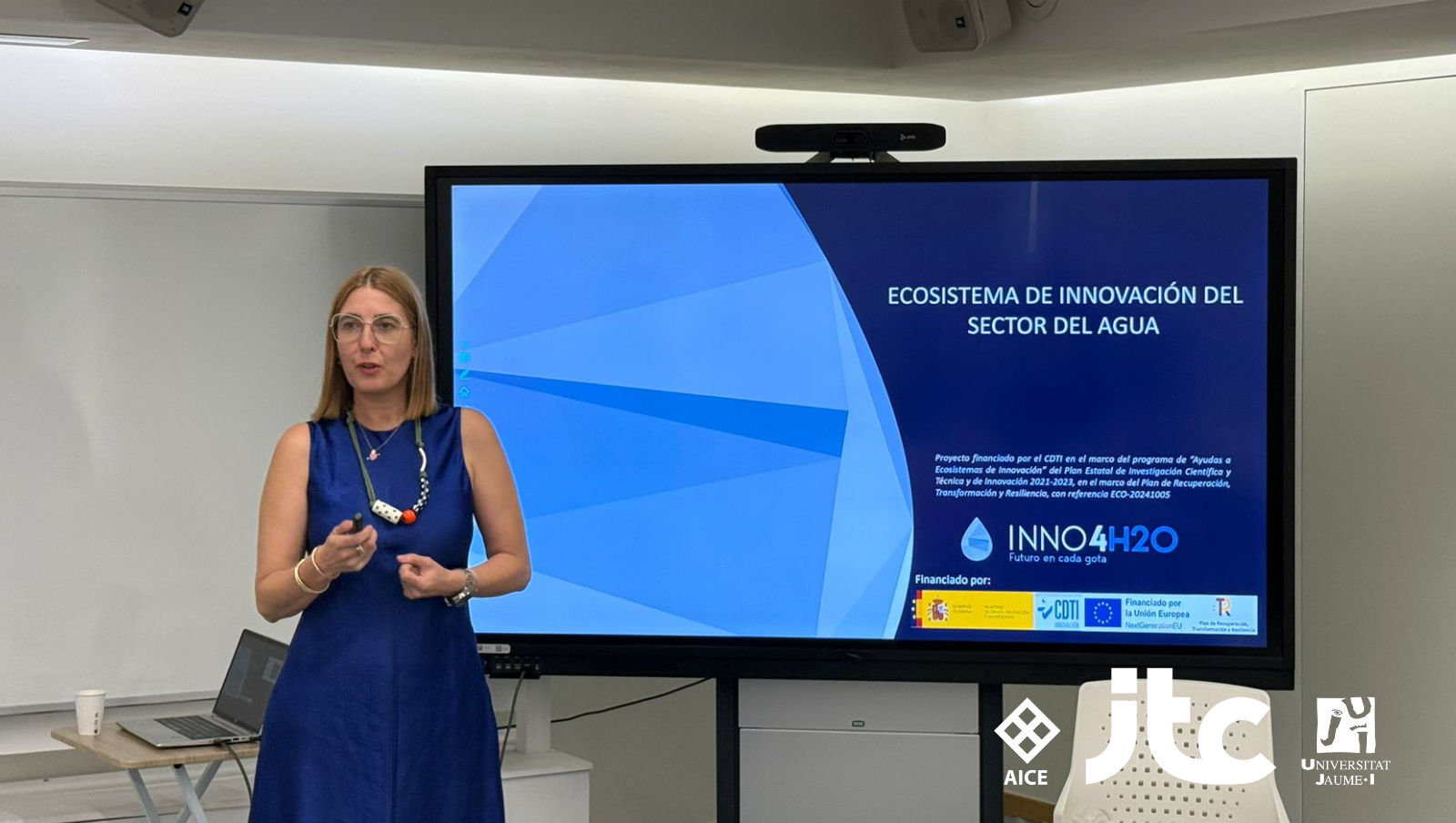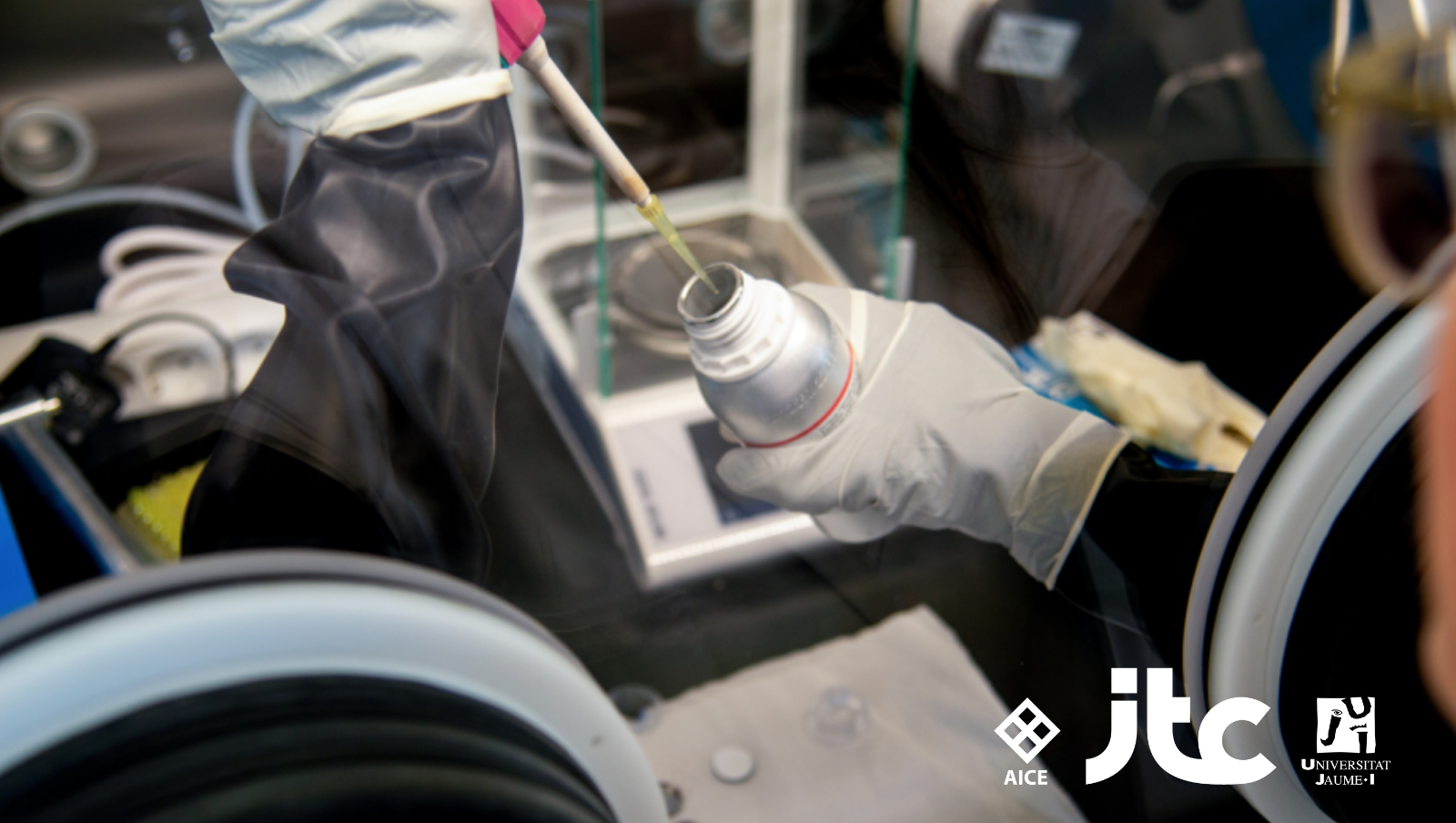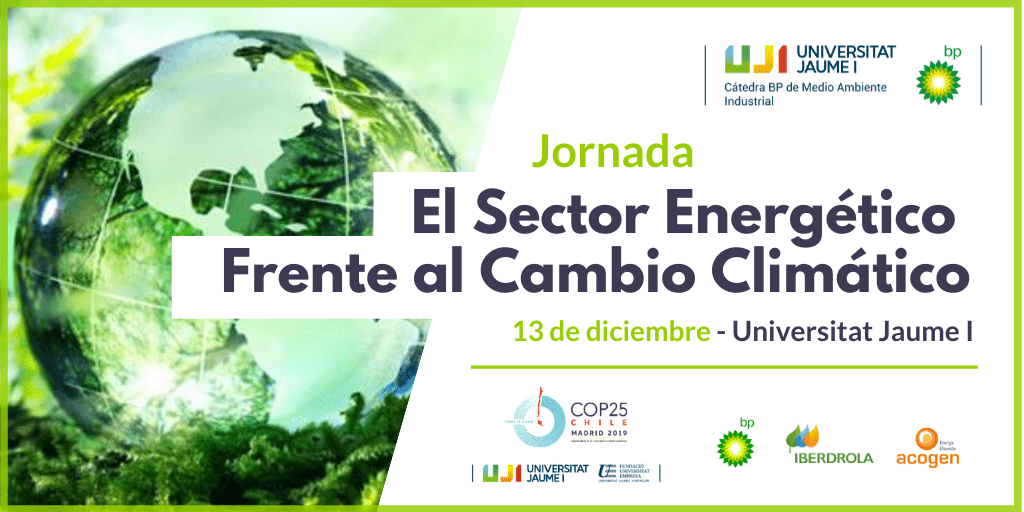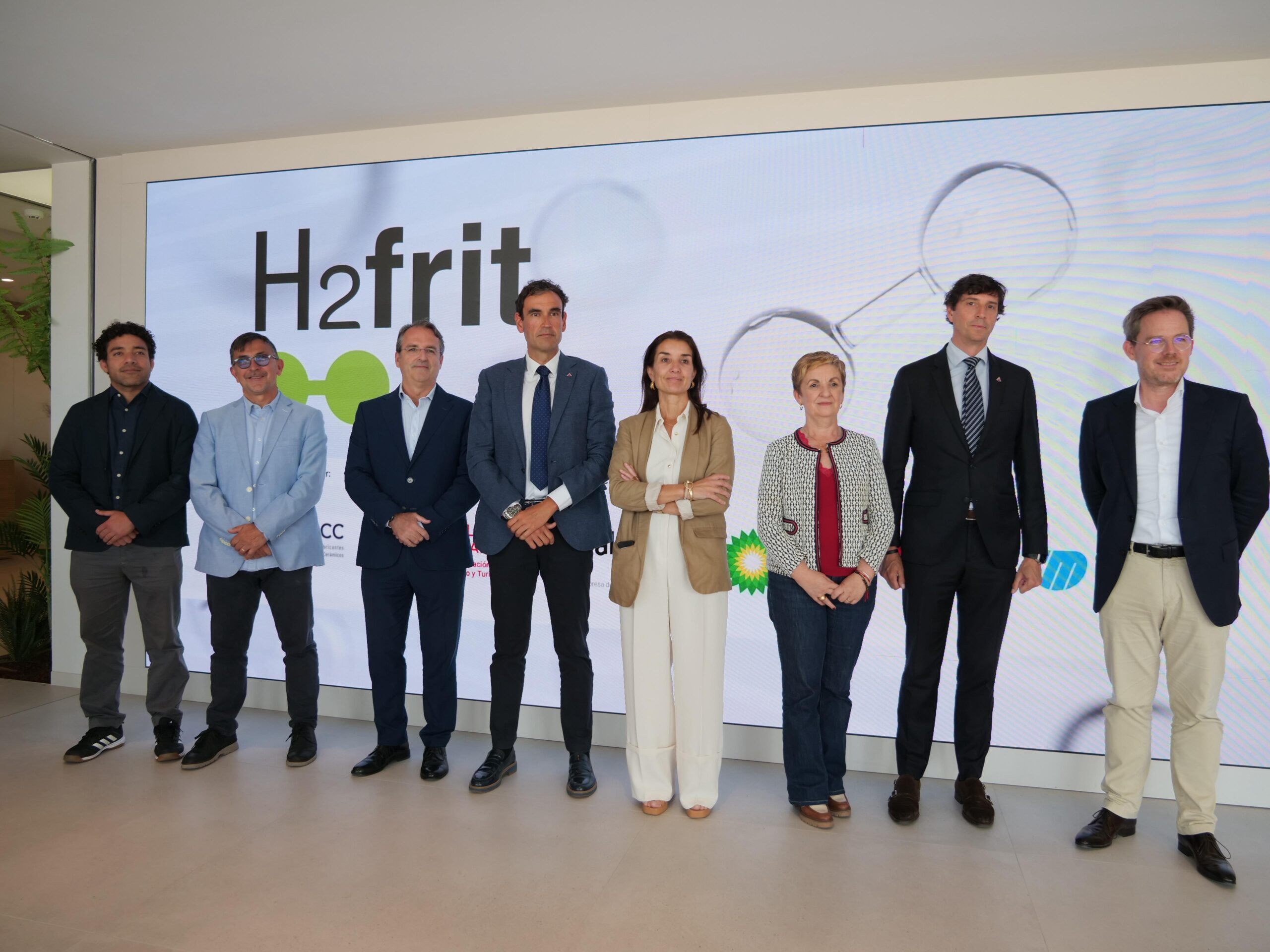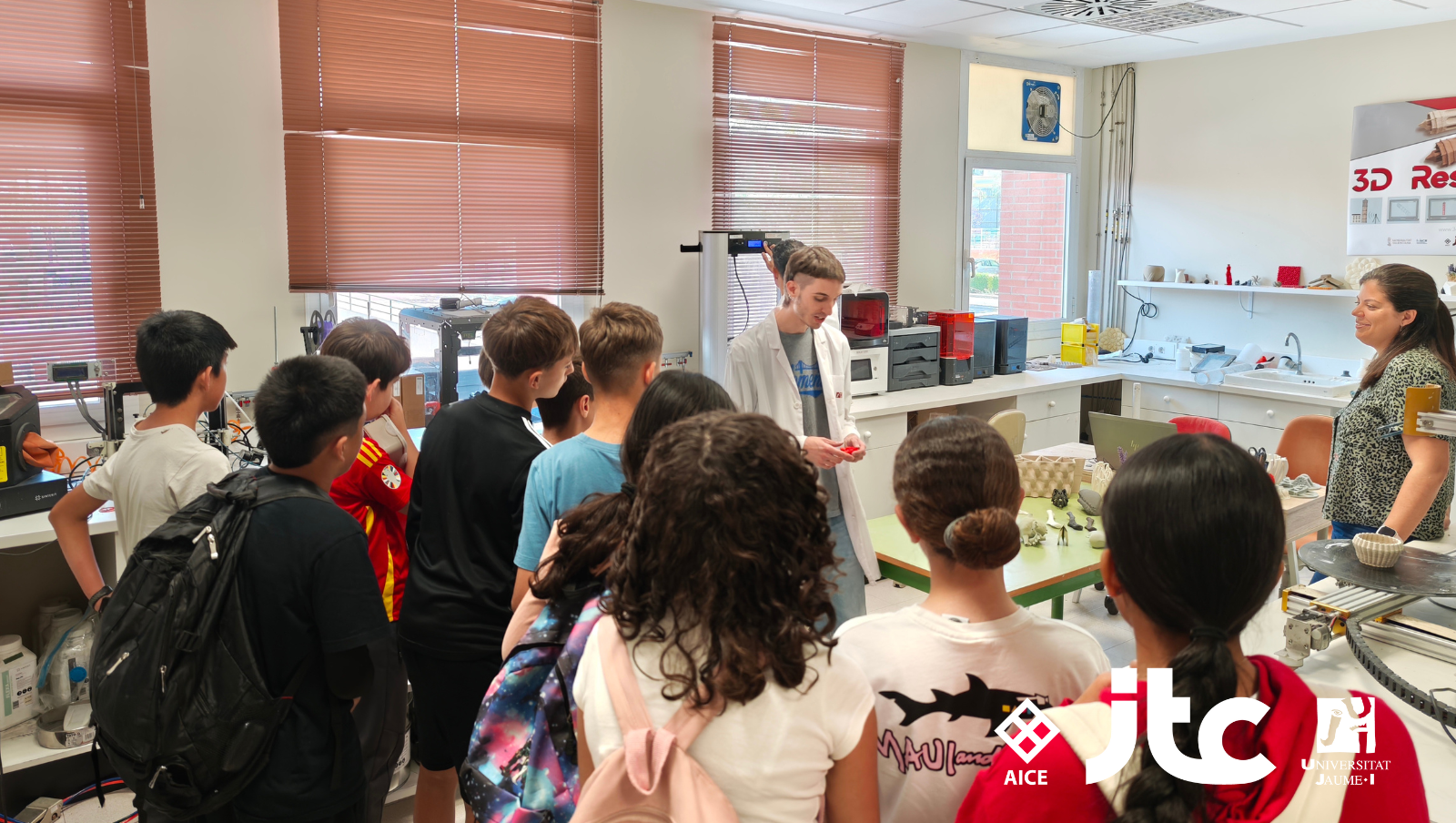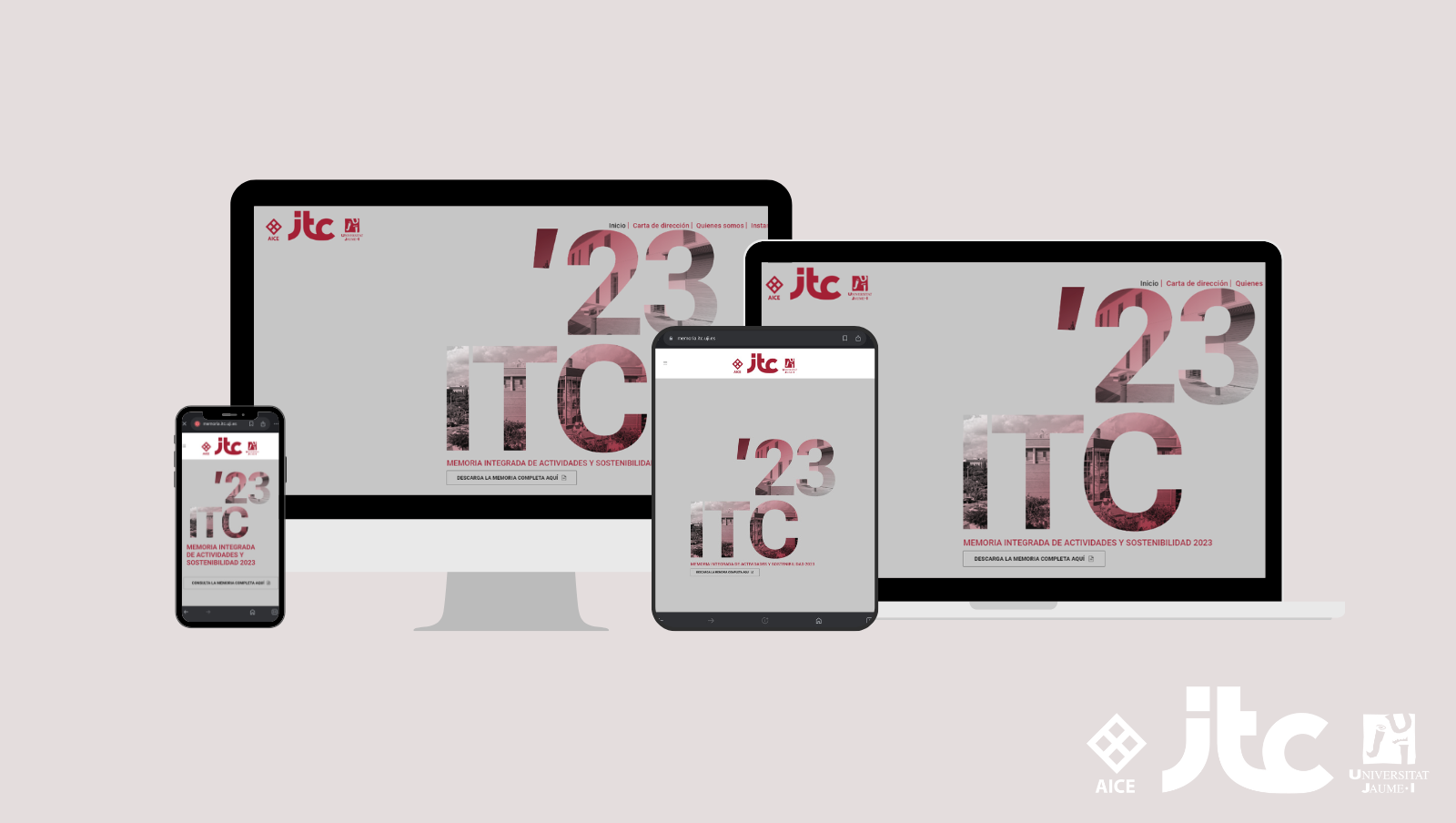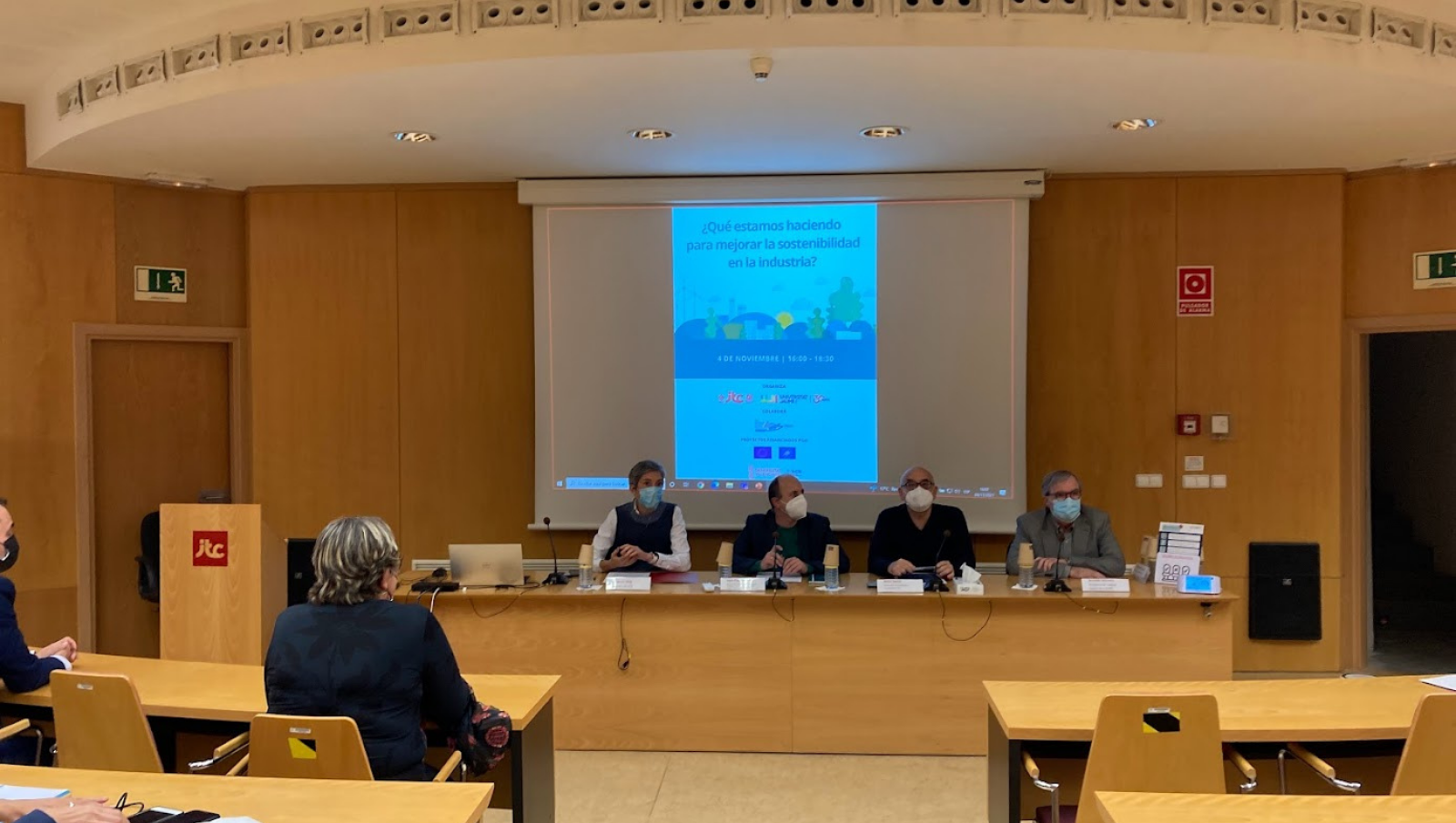Castellón, 25 de mayo de 2021.- La empresa fabricante de ladrillos Cerámicas Mora, ubicada en Toledo y miembro del grupo de trabajo del Proyecto LIFE HYPOBRICK, liderado por el Instituto de Tecnología Cerámica (ITC-AICE), aborda en sus instalaciones la implantación de un prototipo industrial en el que se llevarán a cabo las pruebas piloto cuyo objetivo es obtener ladrillos fabricados a partir de distintos tipos de residuos eliminando el tradicional proceso de cocción, y sustituyéndolo por la novedosa tecnología de activación alcalina, por la que los ladrillos se someten a un proceso de curado a muy baja temperatura.
LIFE HYPOBRICK, financiado por el Programa LIFE (LIFE 18/CCM/ES/001114) con el apoyo del Instituto Valenciano de Competitividad Empresarial (IVACE) de la Generalitat Valenciana, contó con la empresa Cerámicas Mora por ser una de las fábricas de ladrillos más modernas de Europa. Consta de dos líneas de producción para fabricar ladrillos gresificados (clinker) a elevada temperatura.
Según Mónica Vicent, investigadora principal de LIFE HYPOBRICK en ITC-AICE: “algunas de las etapas del nuevo proceso son bastante similares al proceso cerámico existente, pero otras son diferentes, y por eso Cerámicas MORA ha implementado un prototipo para conformar los nuevos ladrillos. Las principales diferencias entre los dos procesos son, por ejemplo, el uso de una solución alcalina para la preparación del ladrillo en lugar de agua, y que toda la maquinaria que esté en contacto con la nueva materia prima debe ser resistente a un pH elevado (tolvas, cintas transportadoras, mezcladoras, etc.), existiendo un cambio en la conformación del ladrillo que suele hacerse por extrusión, y esta vez se llevará a cabo con otra técnica”.
Por estas razones, según la investigadora, ha sido esencial desarrollar un prototipo industrial diferente a la hora de dar forma a los nuevos ladrillos, ya que tiene que estar basado en el proceso de activación alcalina y conformado por prensado plástico.
El prototipo está ya desarrollado en las instalaciones de Cerámicas Mora, y según explican, no ha sido fácil precisamente, dadas las condiciones impuestas por la pandemia, pero también las condiciones climatológicas que supuso el paso de “Filomena” por esa área geográfica, que retrasó su instalación y puesta a punto.
¿Cómo es el prototipo industrial de LIFE HYPOBRICK?
El prototipo de LIFE HYPOBRICK consta de una tolva que recibe la composición de los nuevos ladrillos procedente de una mezcladora. Por la parte inferior de esta tolva pasa una cinta en movimiento que transporta moldes, y además una espátula los llena completamente al tiempo que alisa la superficie de los ladrillos, que serán extraídos mediante un proceso hidráulico. Una vez extraído el ladrillo del molde, se coloca en la línea de producción actual hasta llegar a la etapa de curado, creando diferentes curvas para alcanzar la temperatura y la humedad que se hayan fijado en el laboratorio.
Más información sobre LIFE HYPOBRICK:


LIFE HYPOBRICK, led by ITC, implements an industrial prototype for sustainable bricks
Castellón, 25 may 2021.- The brick manufacturer Cerámicas Mora, located in Toledo and member of the working group of the LIFE HYPOBRICK project, led by the Institute of Ceramic Technology, is undertaking the implementation of an industrial prototype in its facilities where pilot tests will be carried out with the aim of obtaining bricks made from different types of waste by eliminating the traditional firing process and replacing it with the innovative technology of alkaline activation, by which the bricks are subjected to a curing process at very low temperature.
LIFE HYPOBRICK, financed by the LIFE Programme (LIFE18 CCM/ES/001114) included the company Cerámicas Mora as one of the most modern brick factories in Europe. It is equipped with two production lines for the production of high-temperature clinker bricks.
According to Mónica Vicent, principal researcher of LIFE HYPOBRICK at ITC: «Some of the stages of the new process are quite similar to the existing ceramic process, but others are different, and that is why Cerámicas MORA has implemented a prototype to produce the new bricks. The main differences between the two processes are, for example, the use of an alkaline solution for the preparation of the brick instead of water, and that all the machinery in contact with the new compositions must be resistant to high pH (hoppers, conveyor belts, mixers, etc.), there is a change in the moulding of the brick that is usually done by extrusion, and this time it will be carried out with another technique».
For these reasons, according to the researcher, it has been essential to develop a different industrial prototype when shaping the new bricks, as it has to be based on the process of alkaline activation and moulded by plastic pressing.
The prototype has already been developed at the Cerámicas Mora facilities, and according to the researcher, it has not been easy, given the conditions imposed by the pandemic, but also the weather conditions caused by the storm «Filomena» that passed through the geographical area, which delayed its installation and fine-tuning.
How is the LIFE HYPOBRICK industrial prototype?
The LIFE HYPOBRICK prototype consists of a hopper that receives the composition of the new bricks from a mixer. A moving belt passes through the bottom of this hopper carrying moulds, and a spatula fills the moulds completely while smoothing the surface of the bricks, which will be extracted by a hydraulic process. Once the brick has been extracted from the mould, it is placed on the actual production line until it reaches the curing stage, creating different curves to reach the temperature and humidity set in the laboratory.
More information about LIFE HYPOBRICK:






